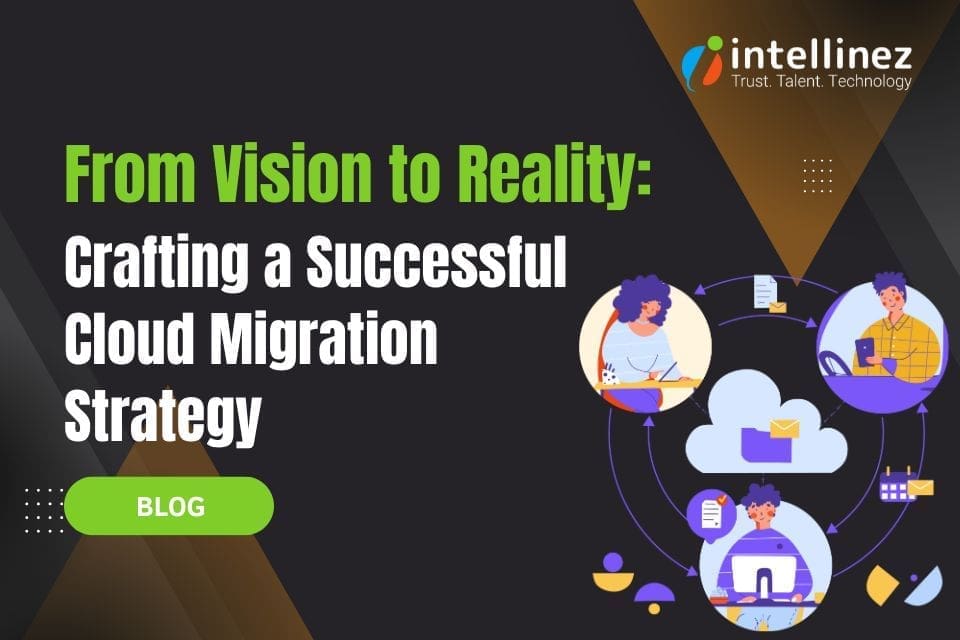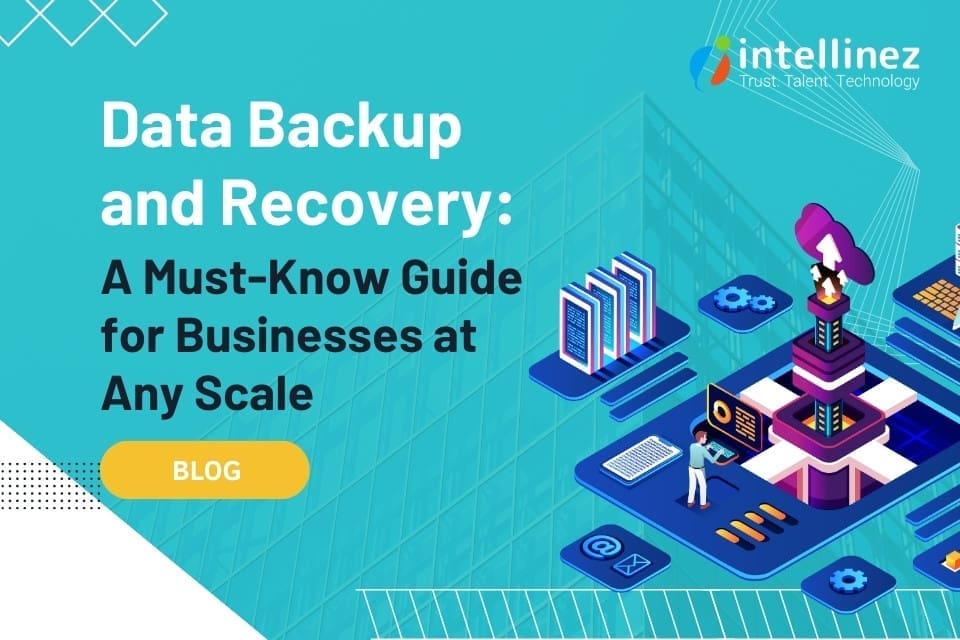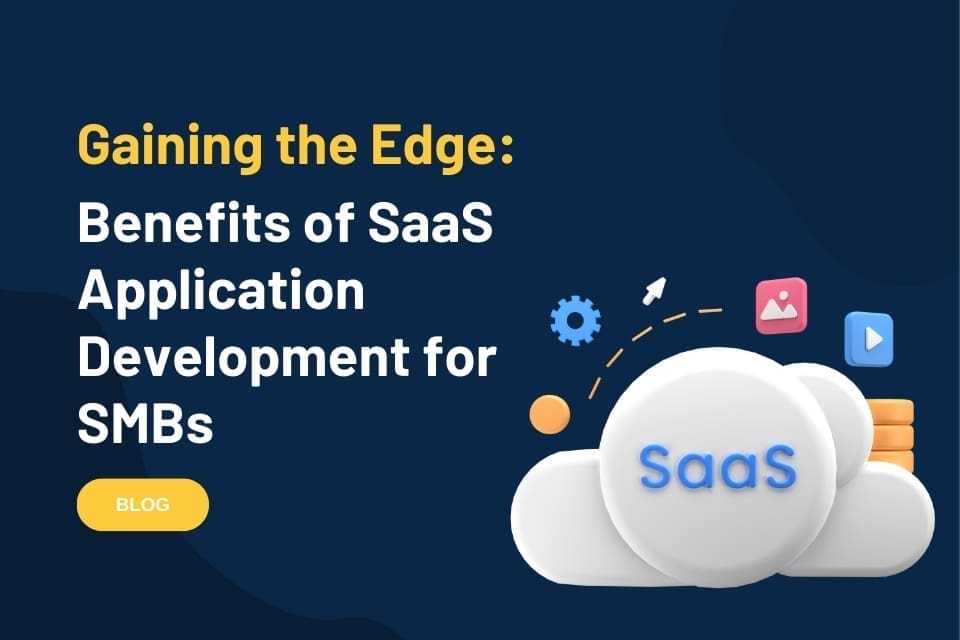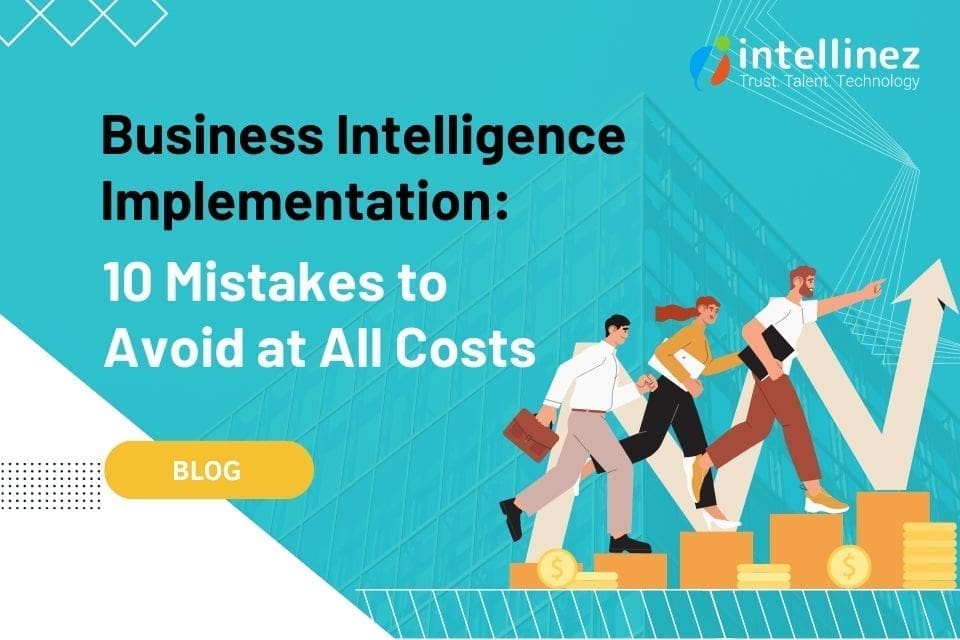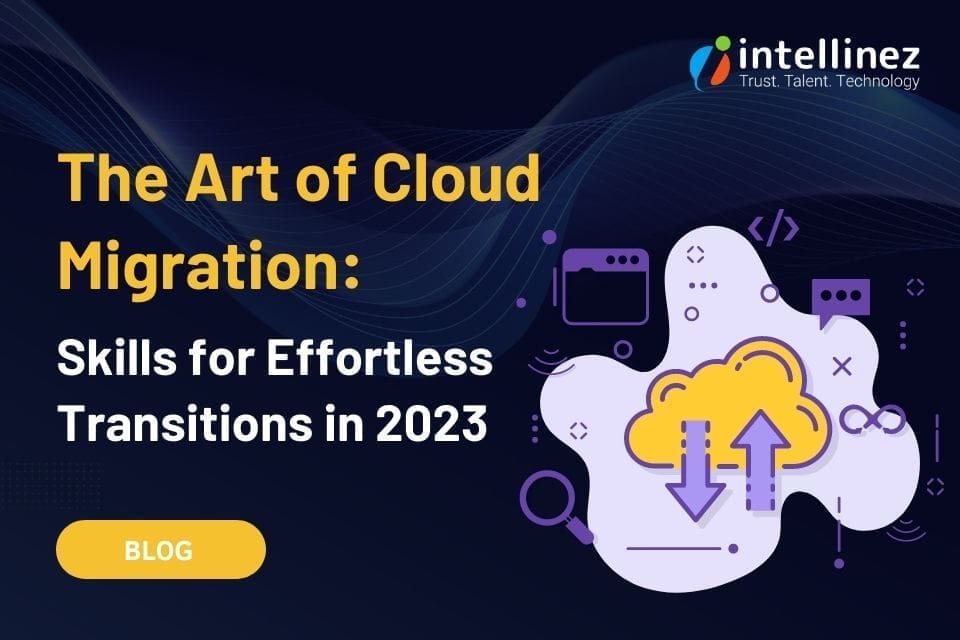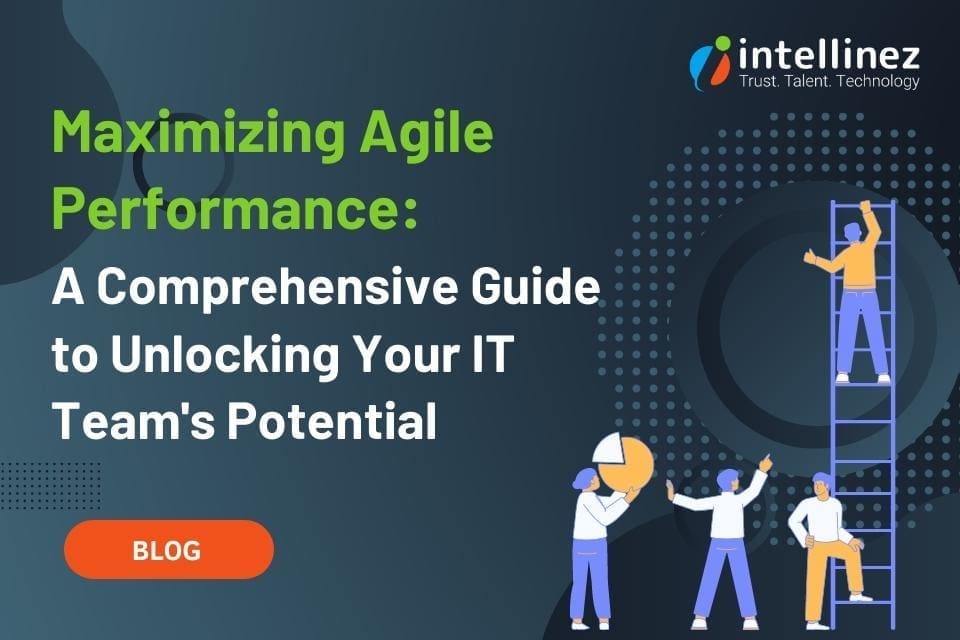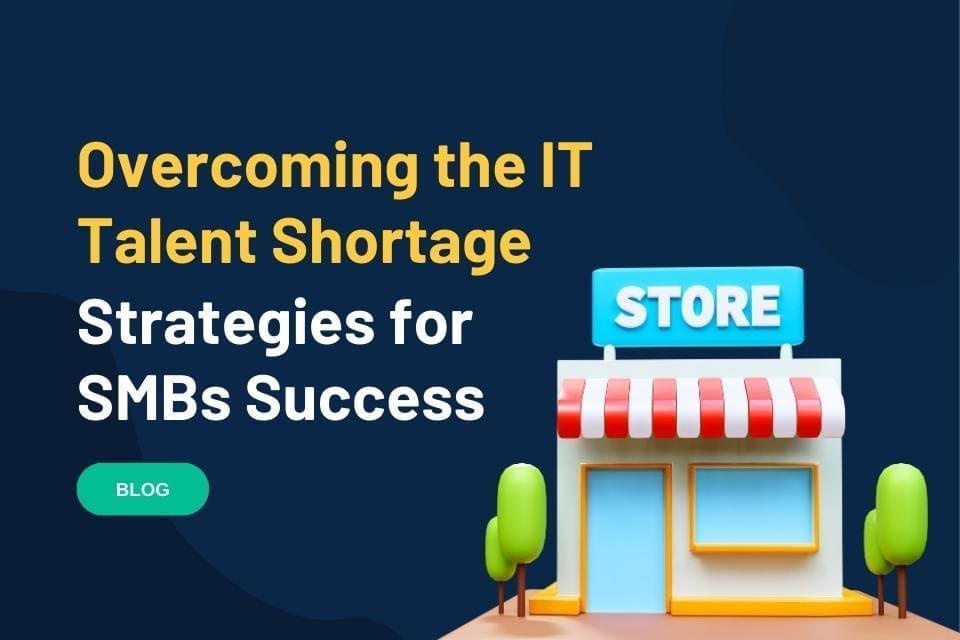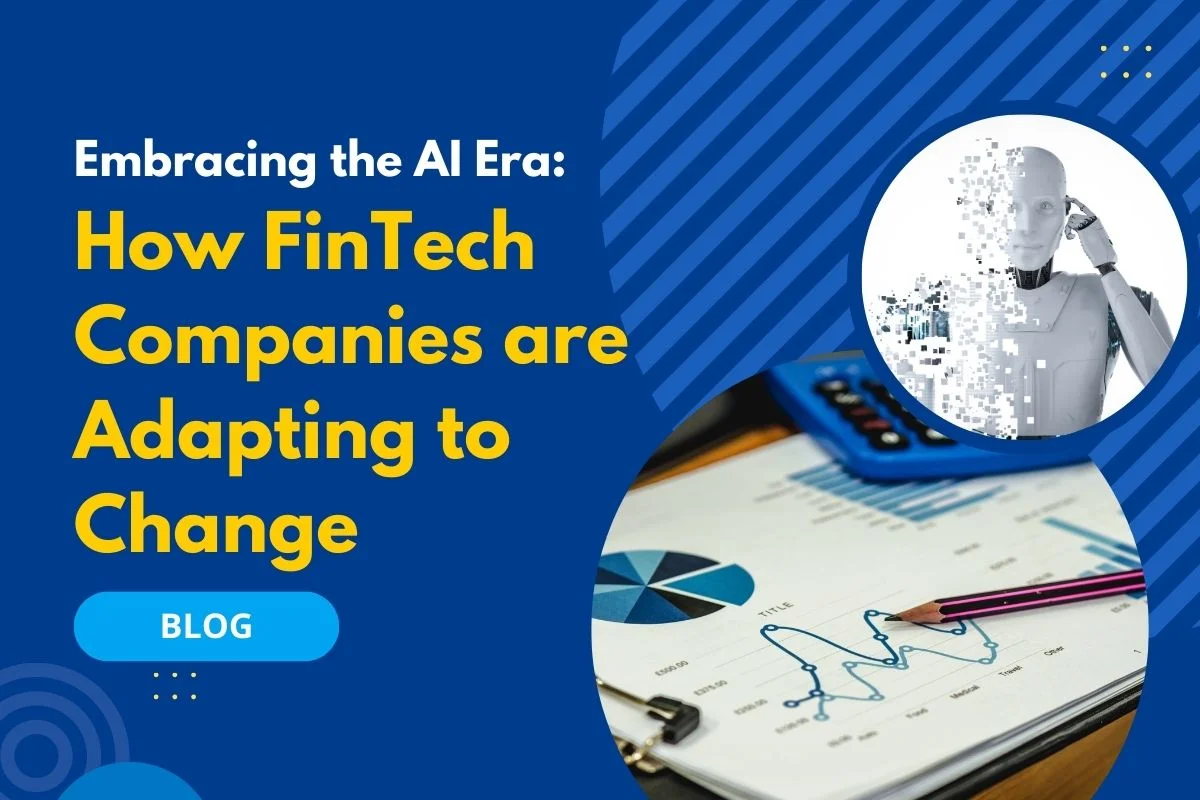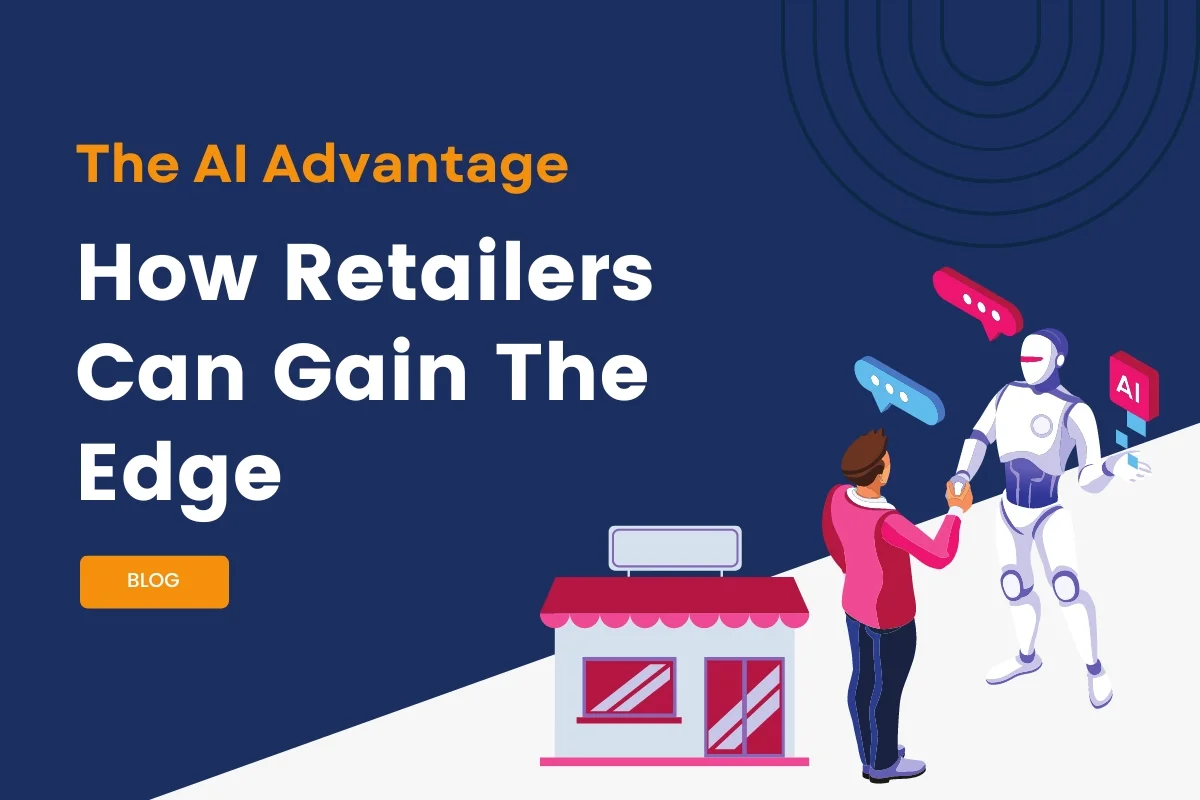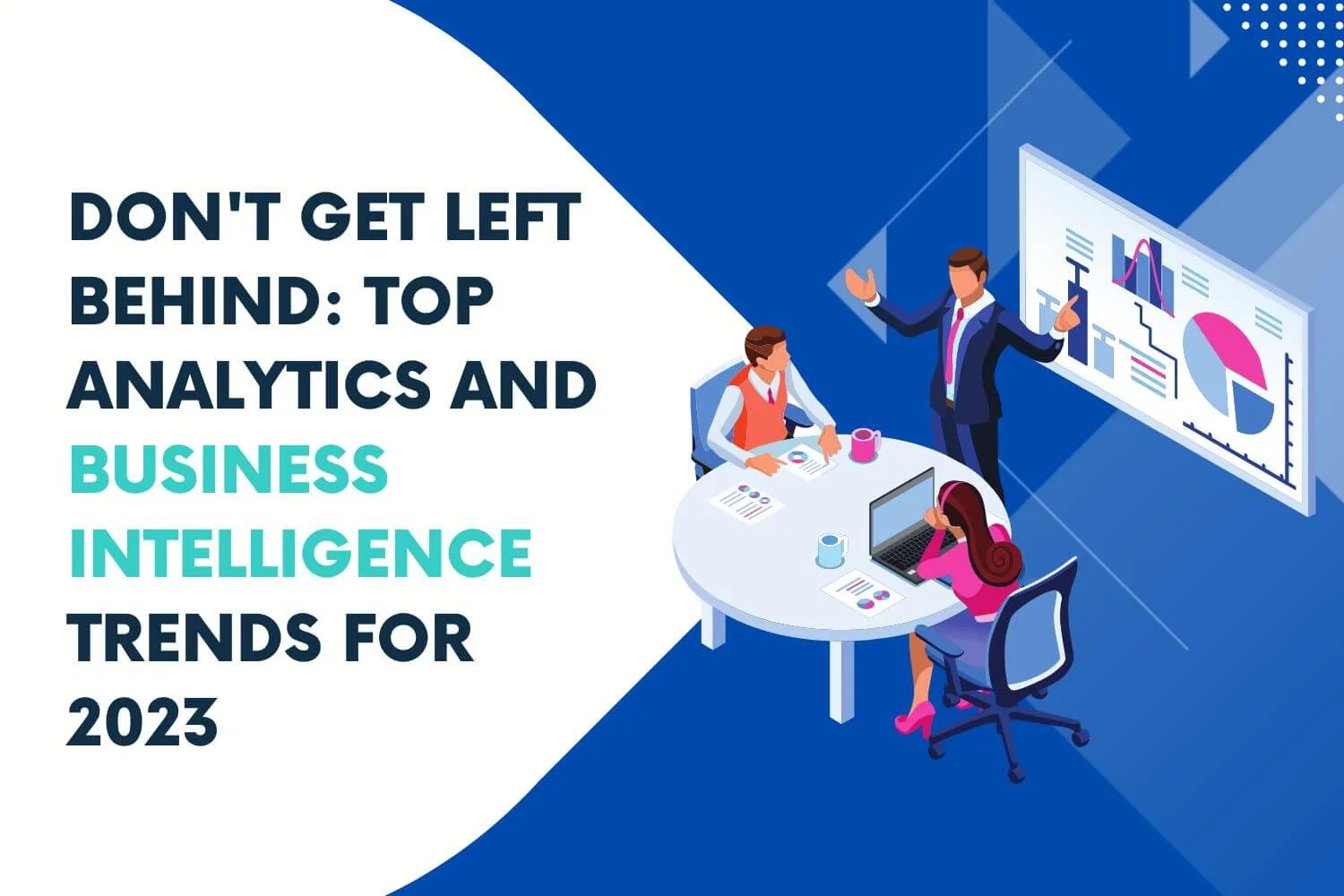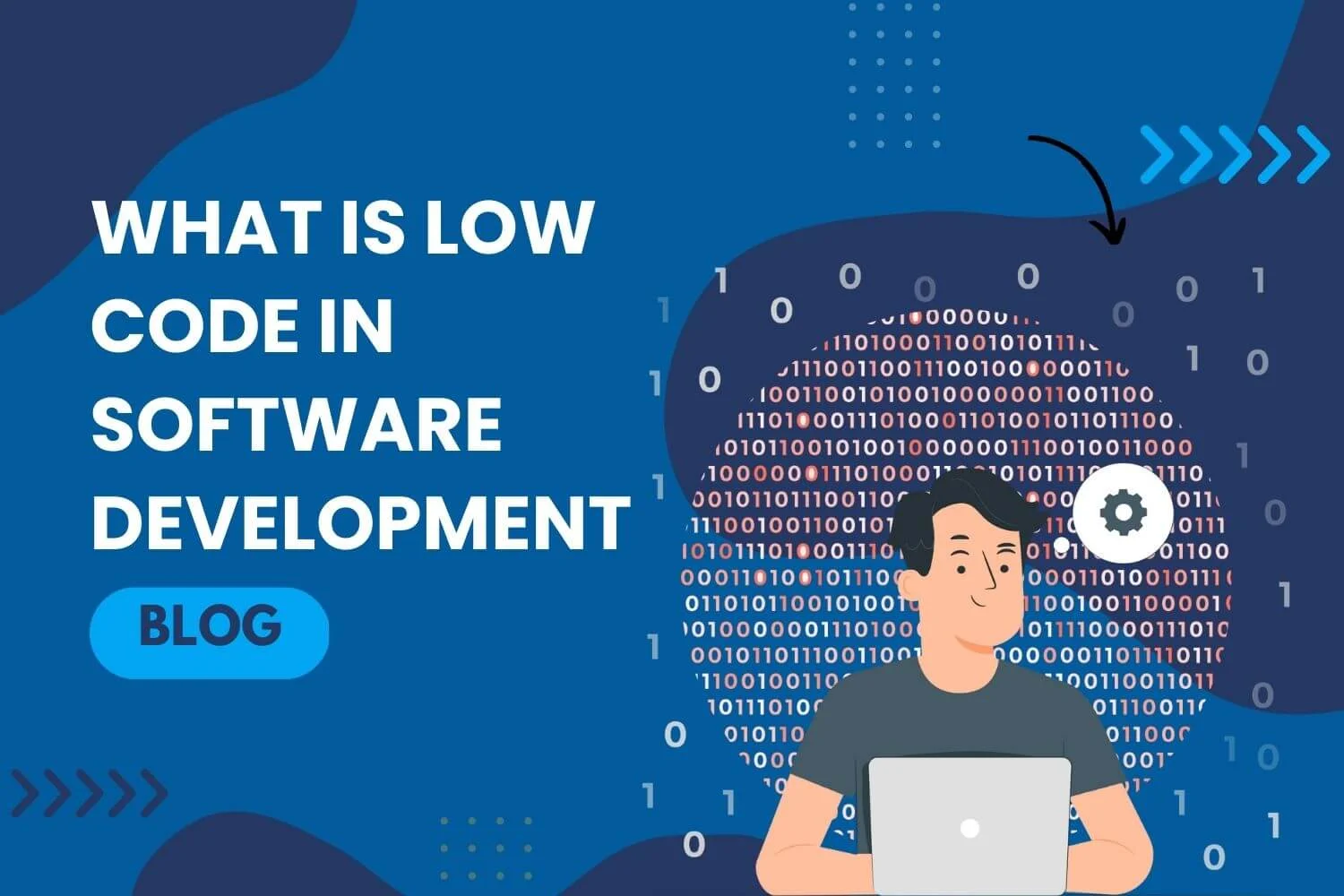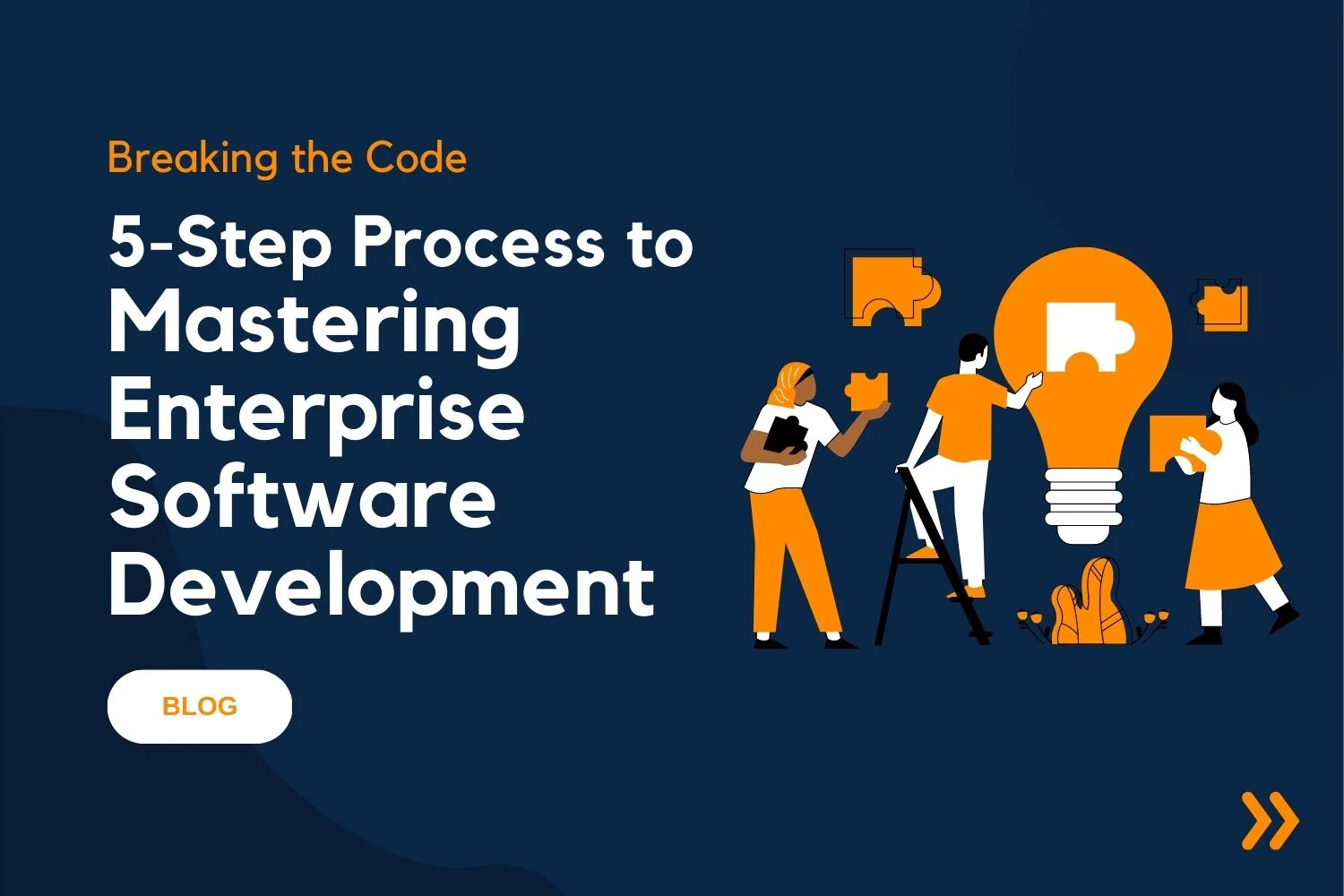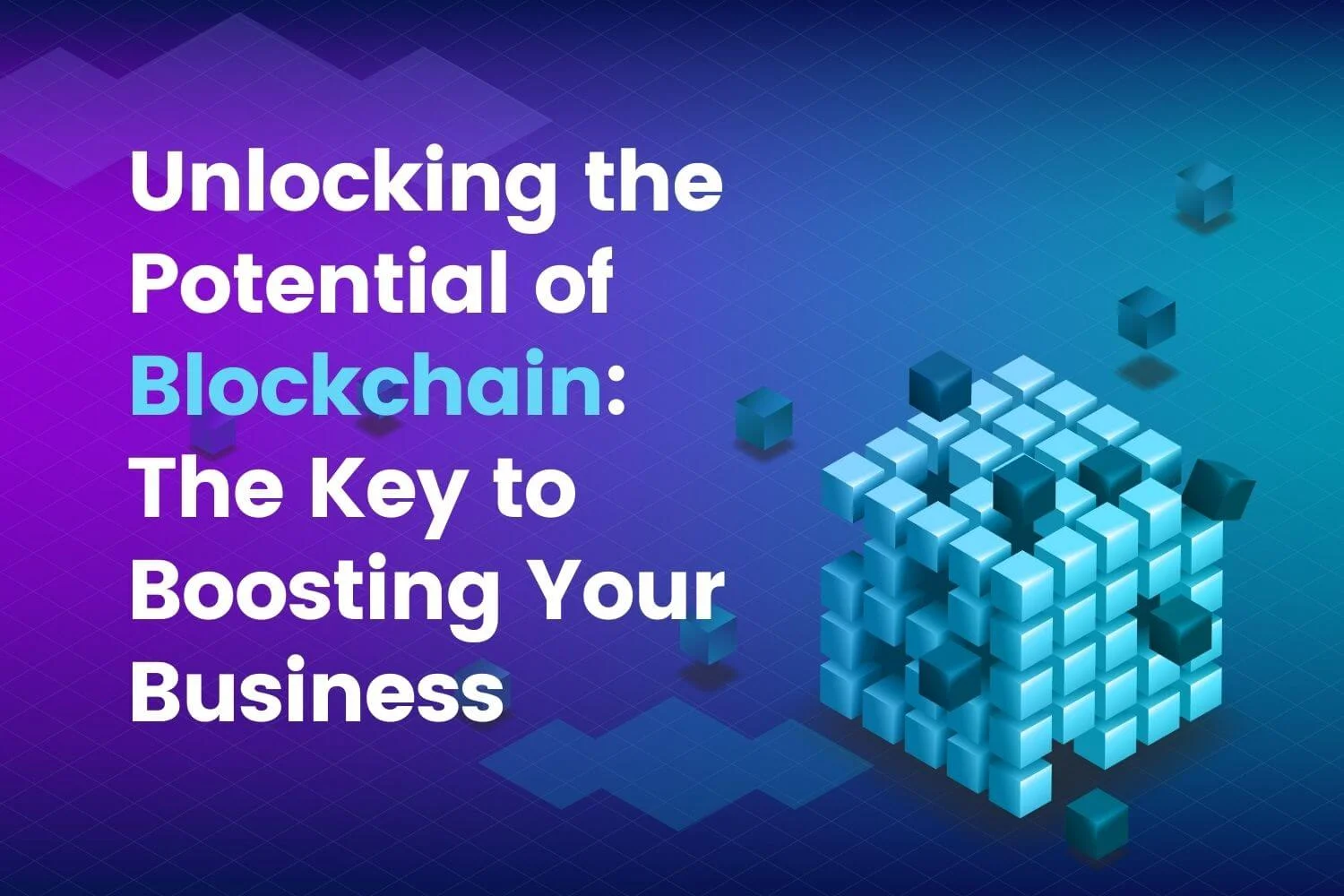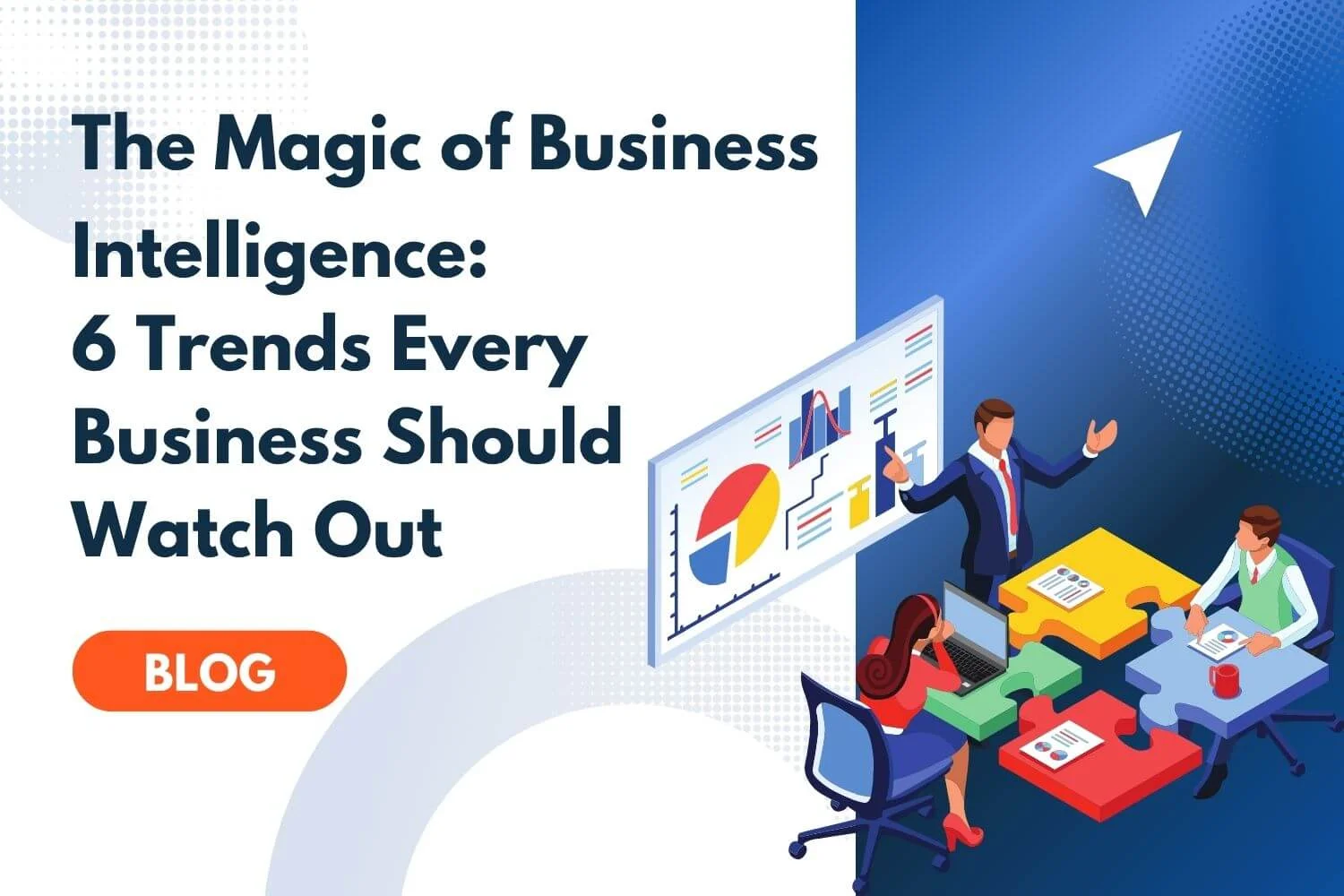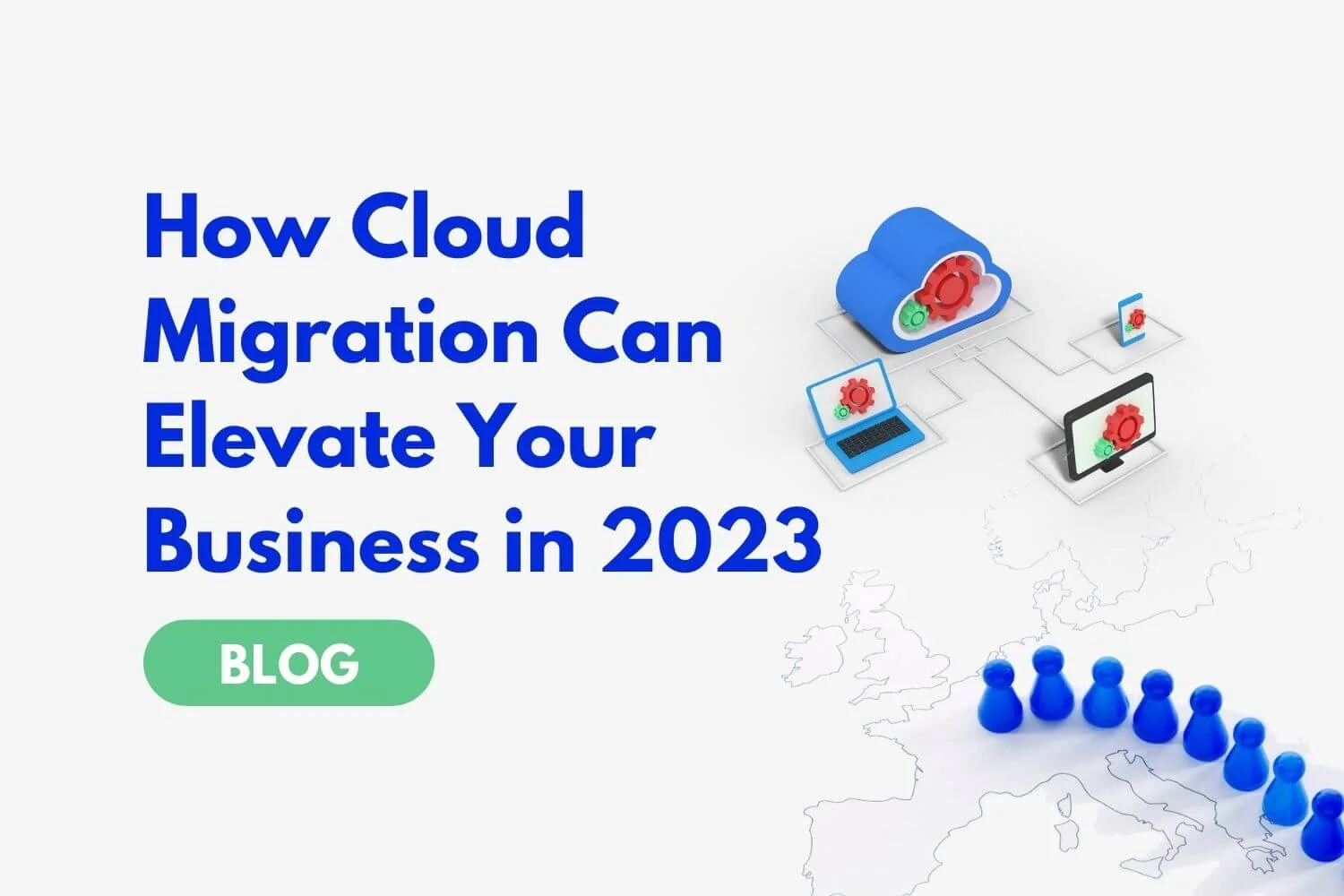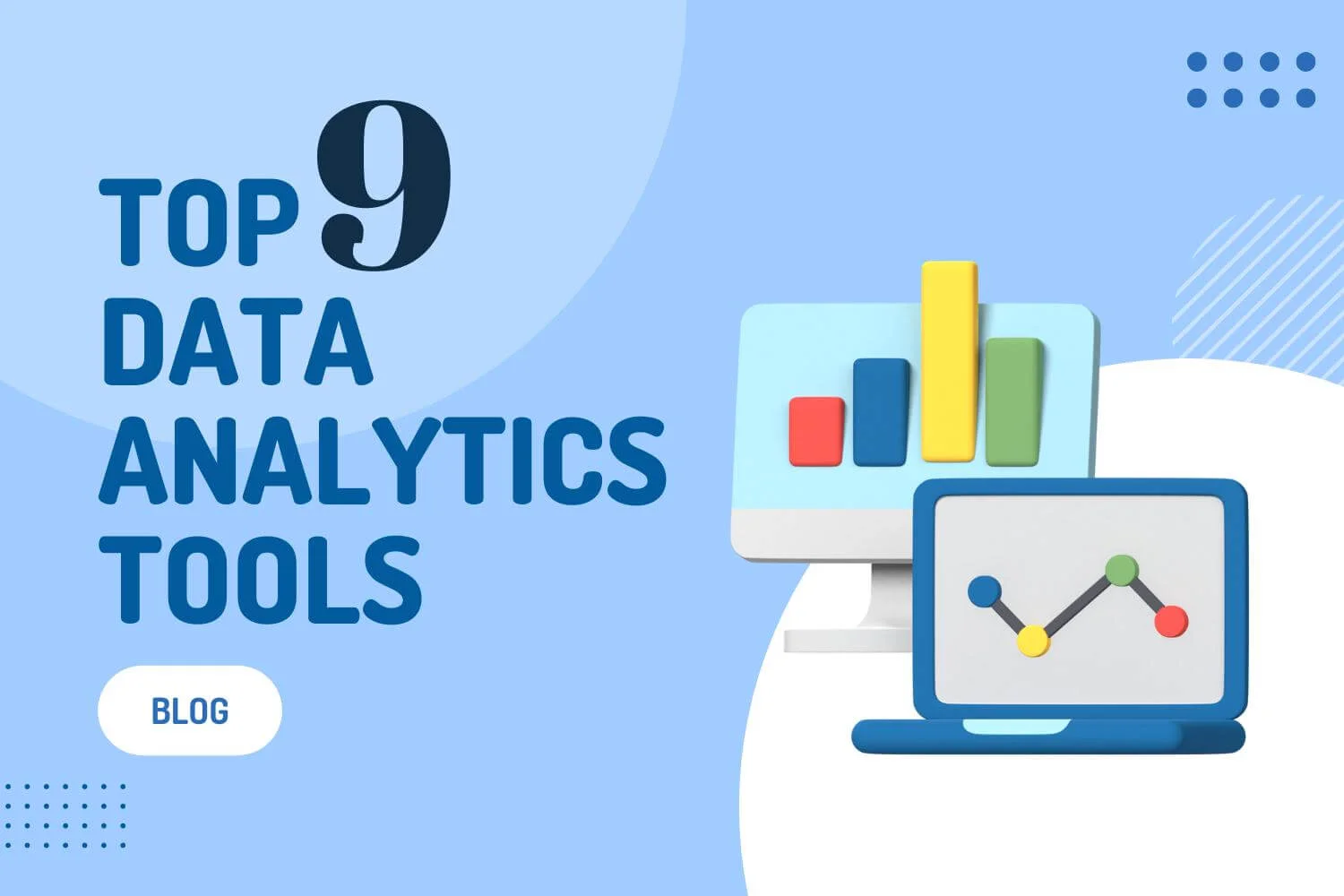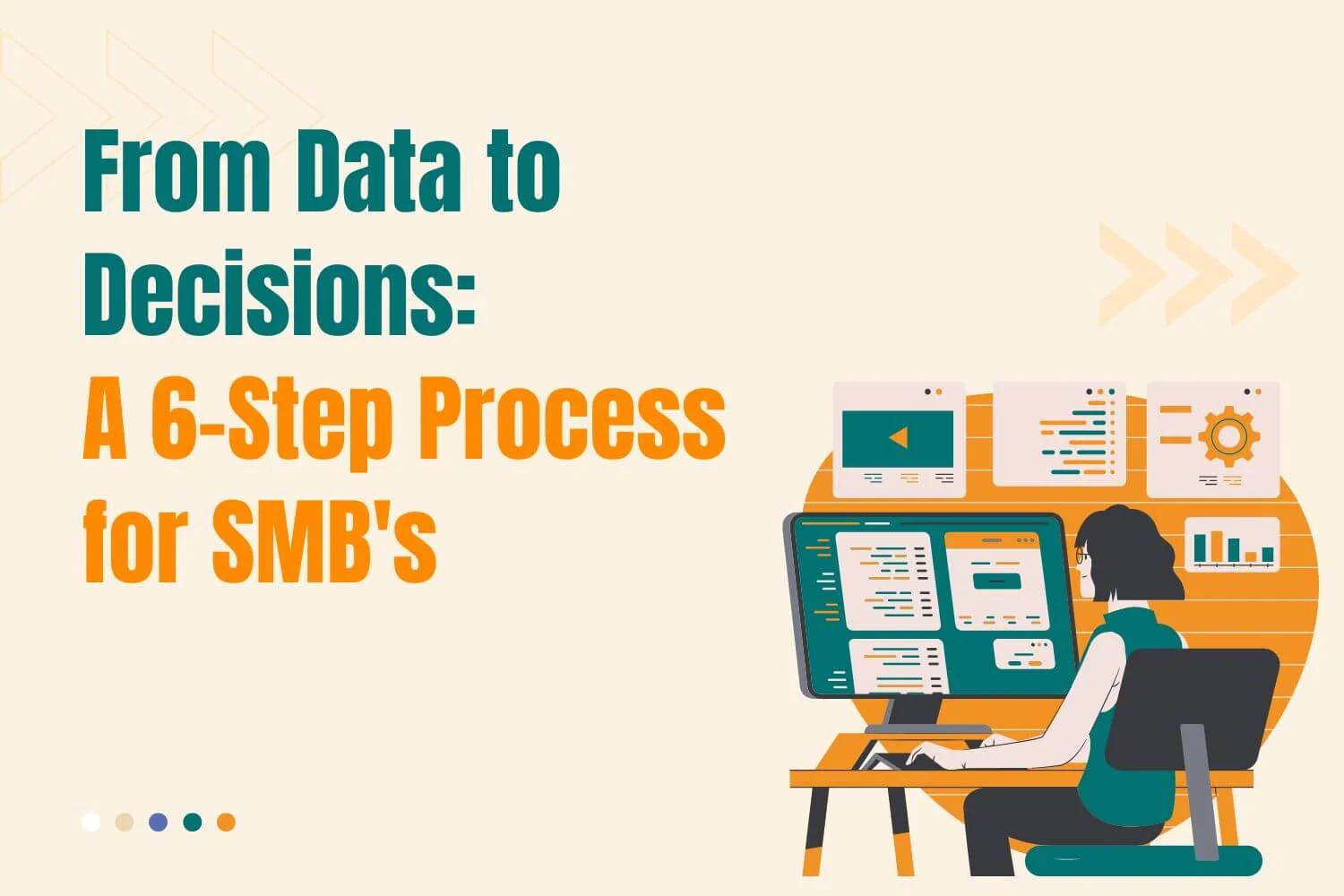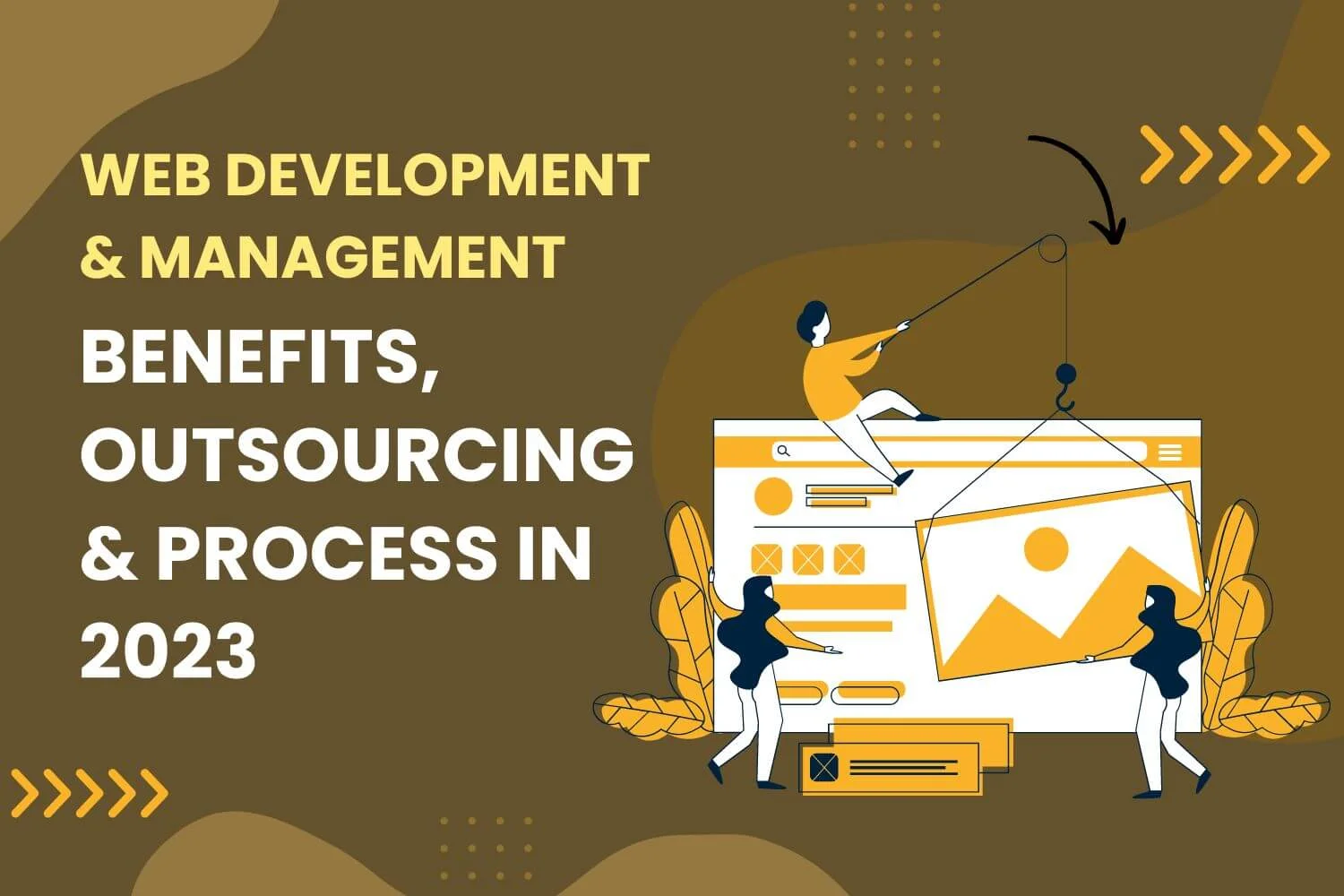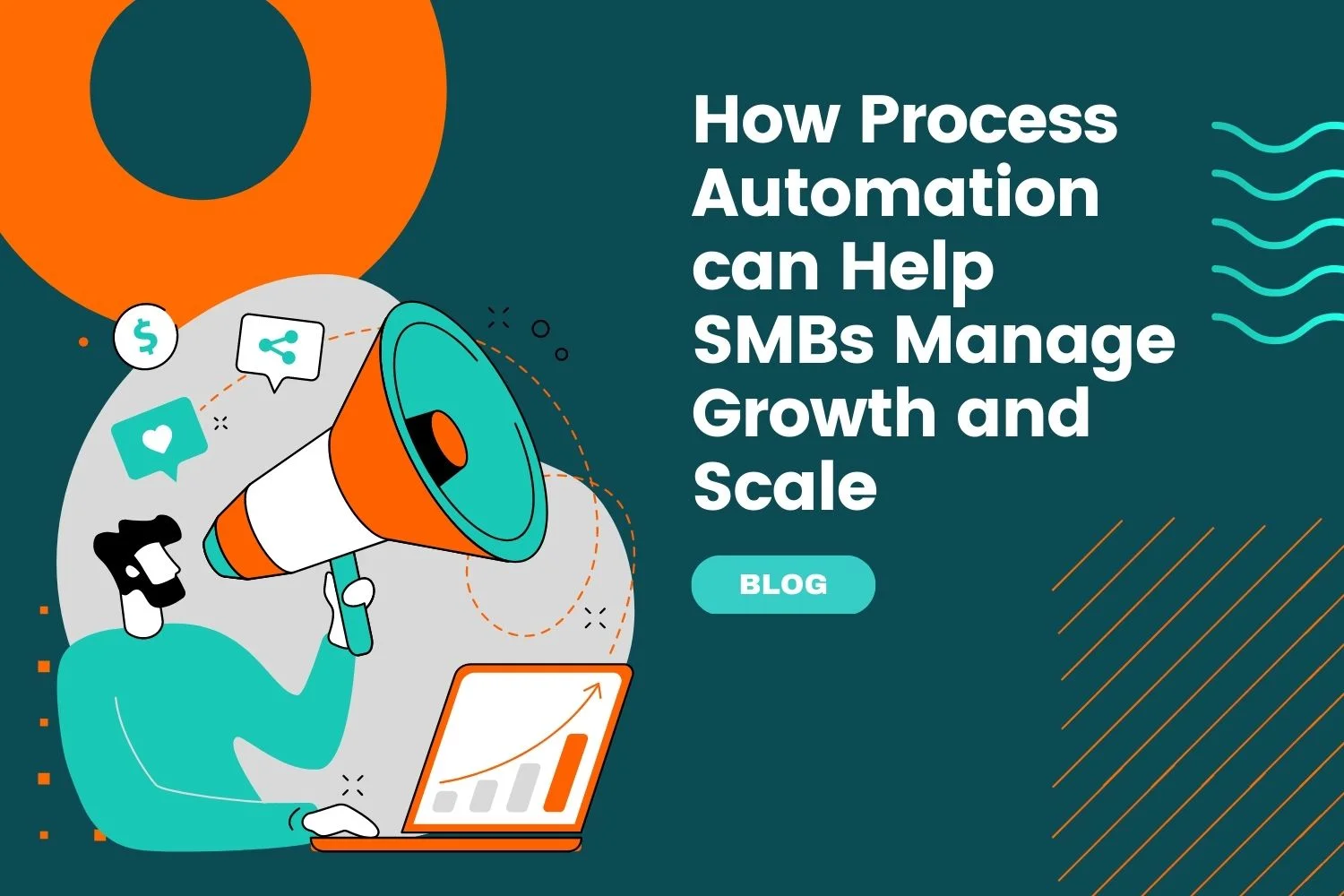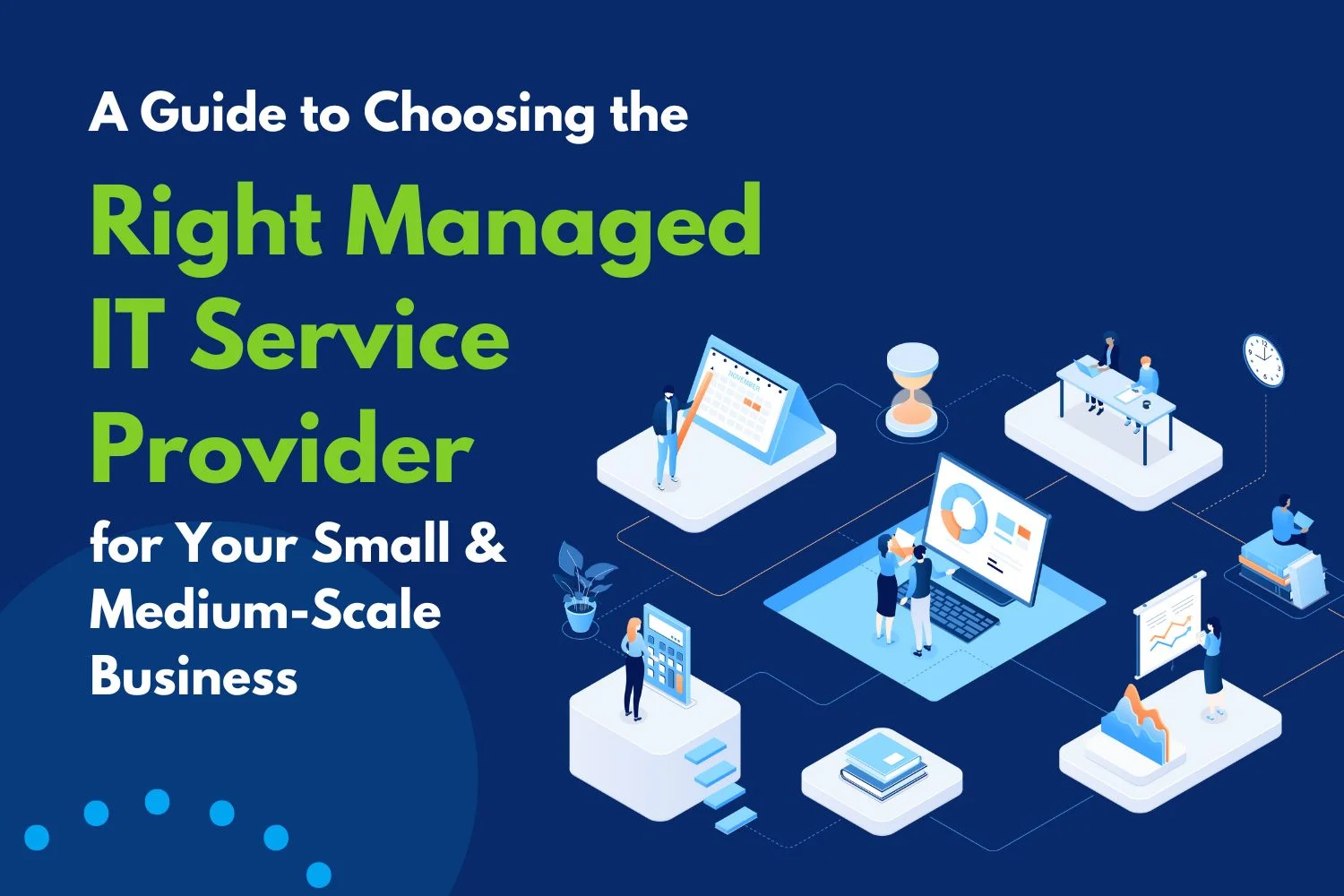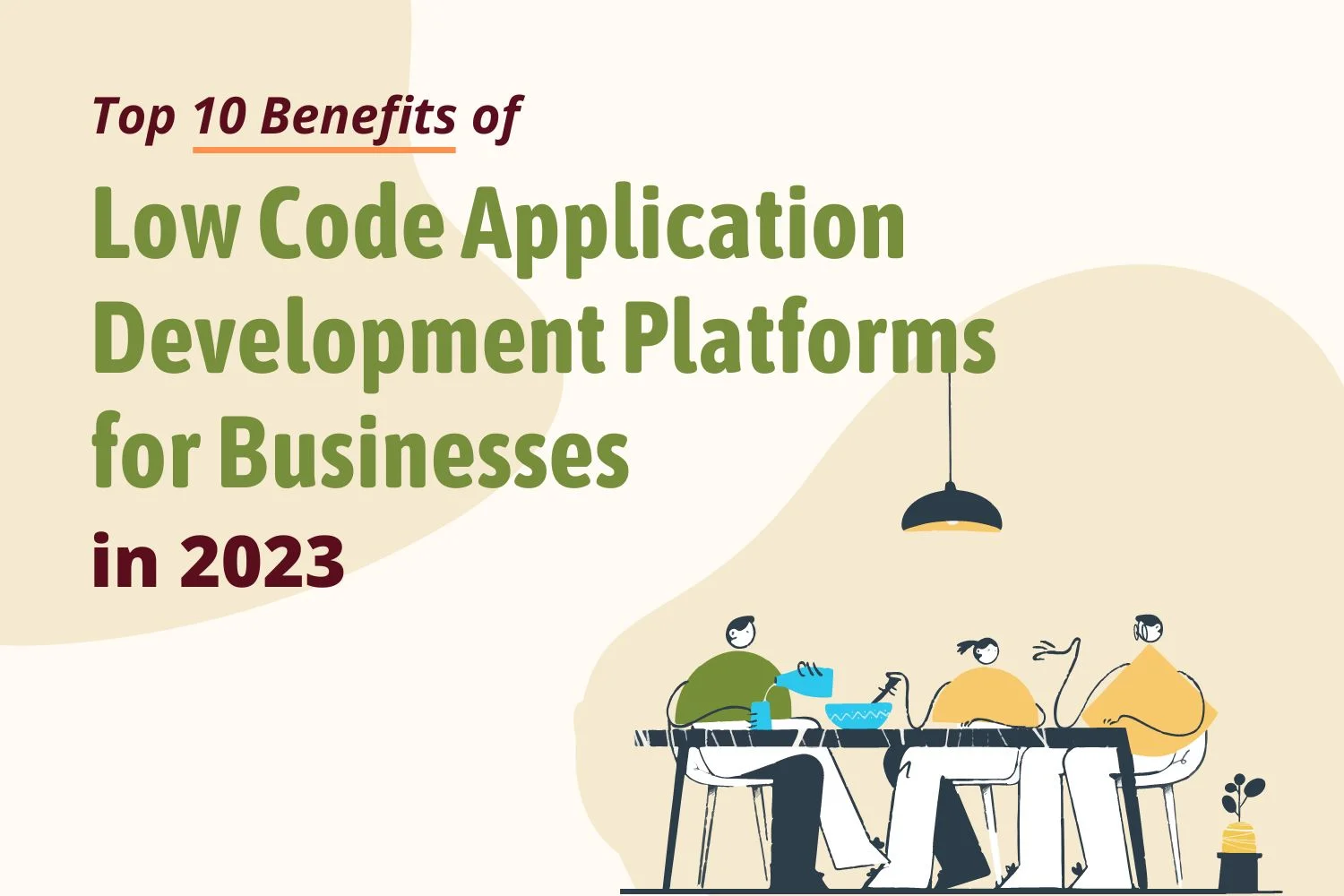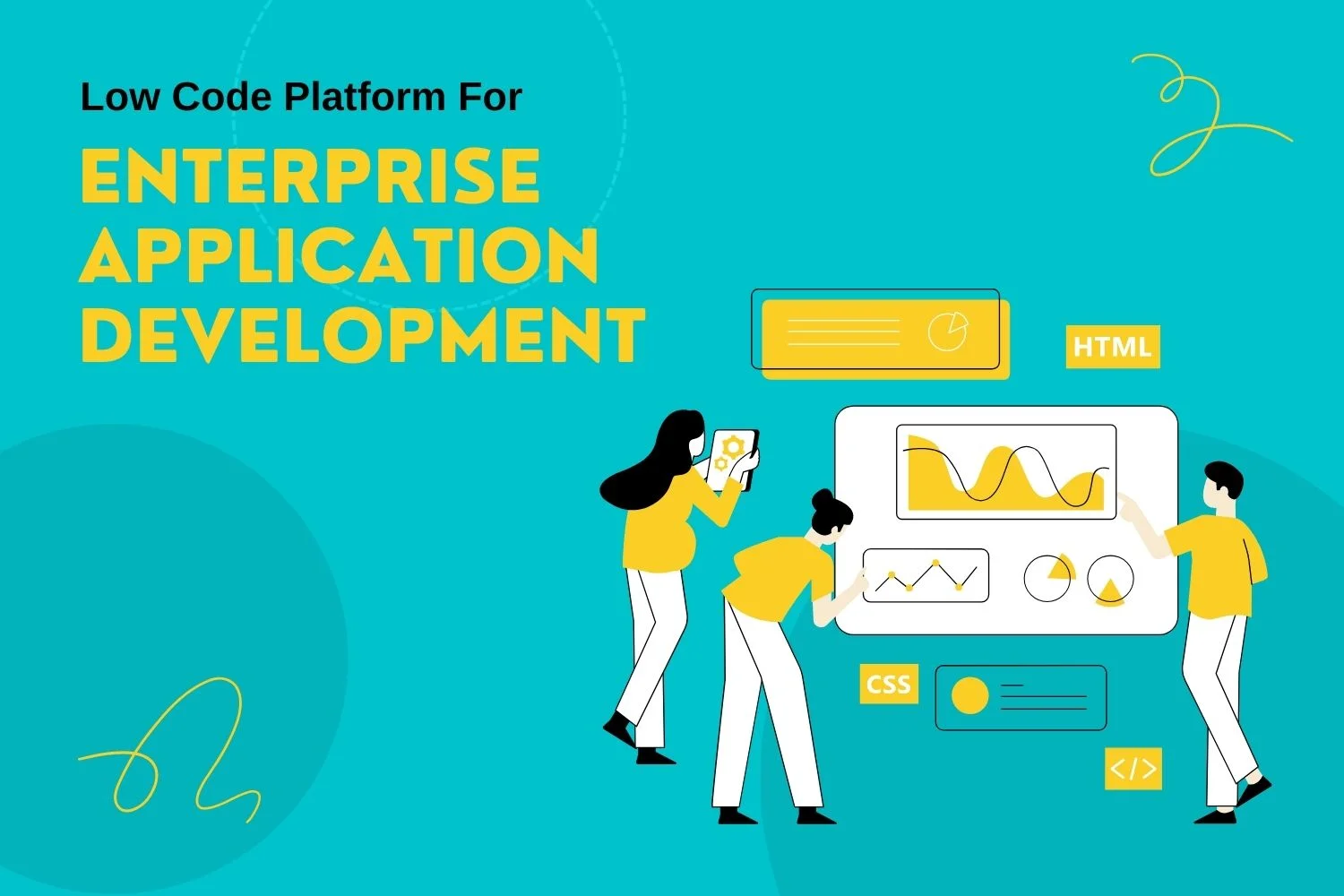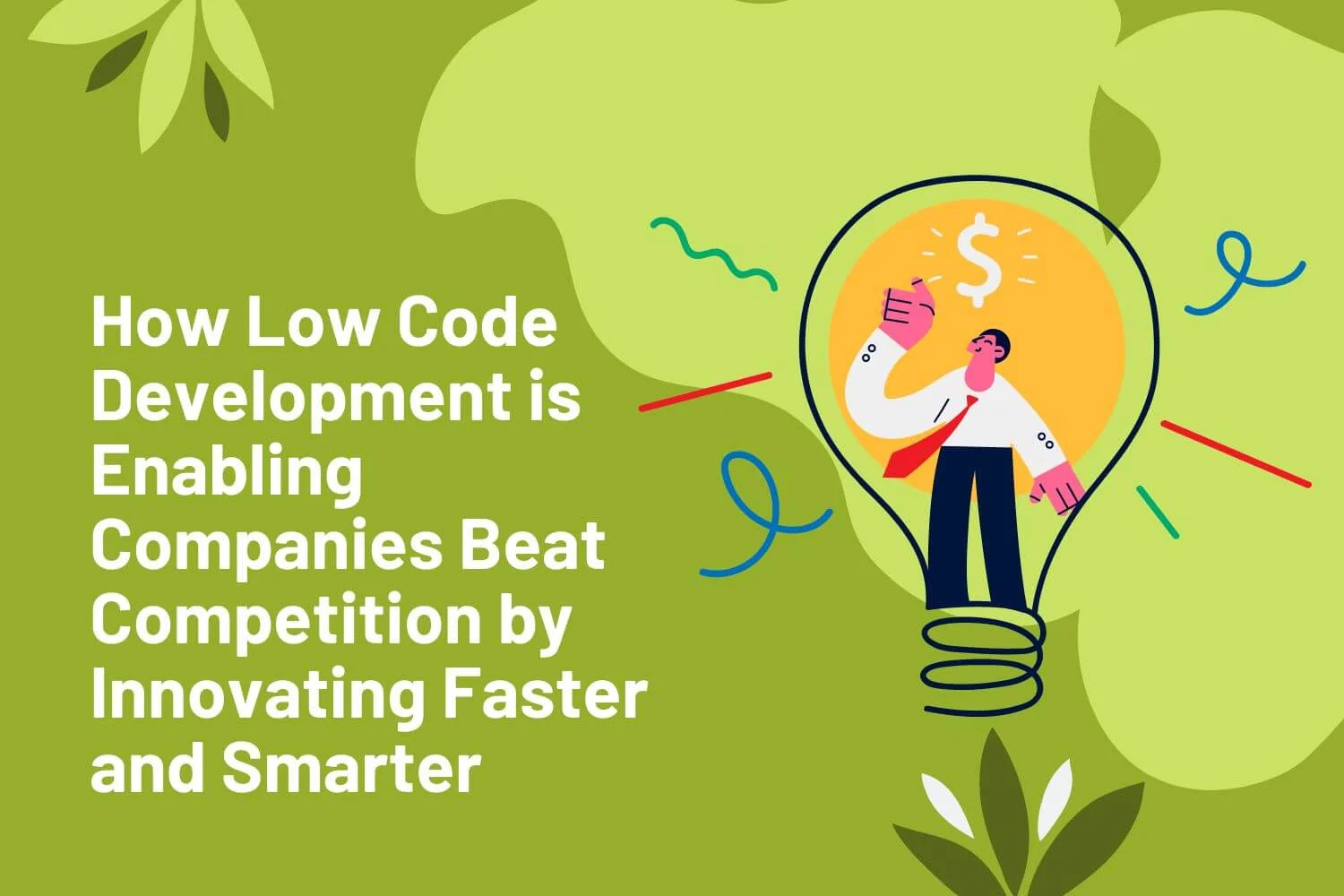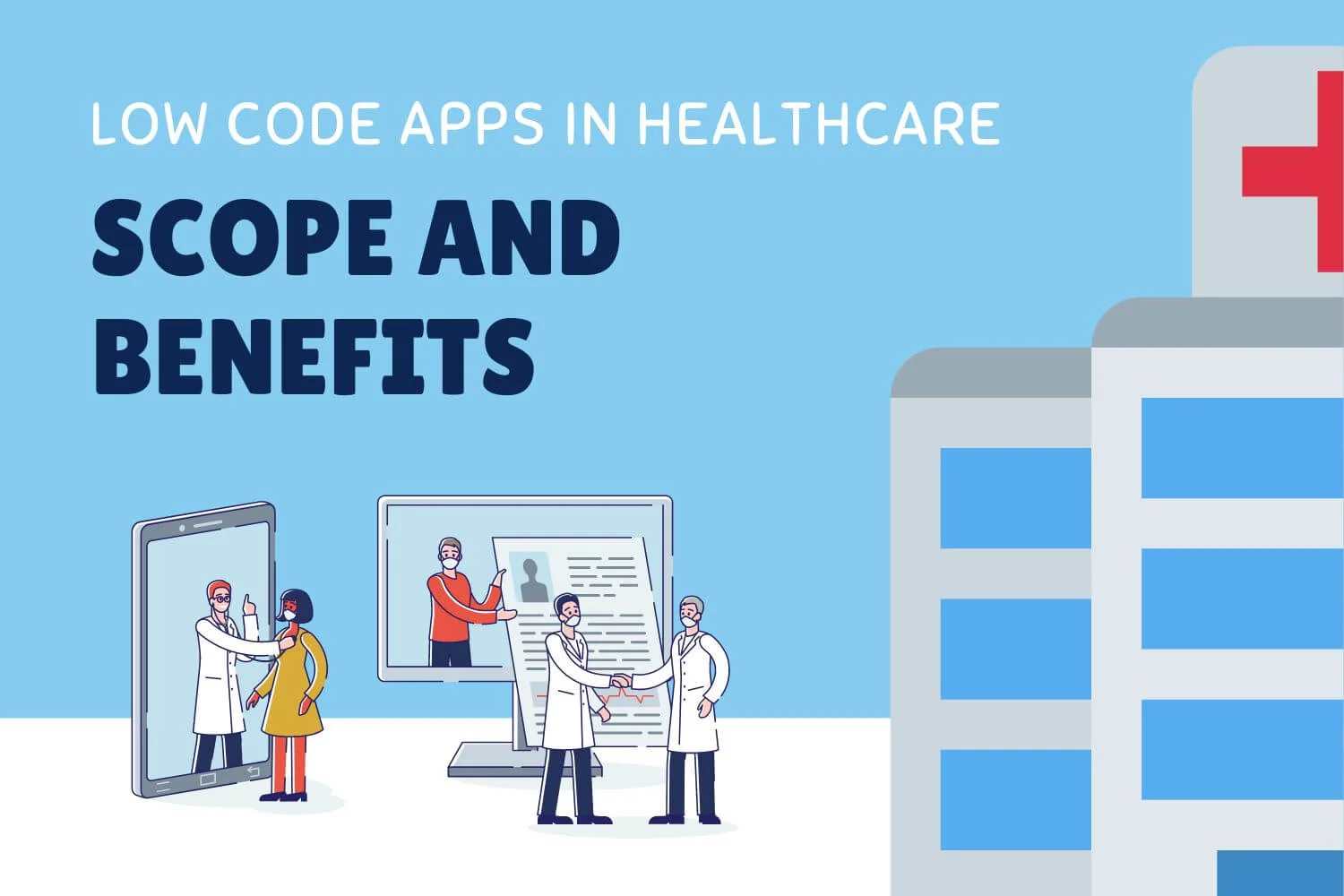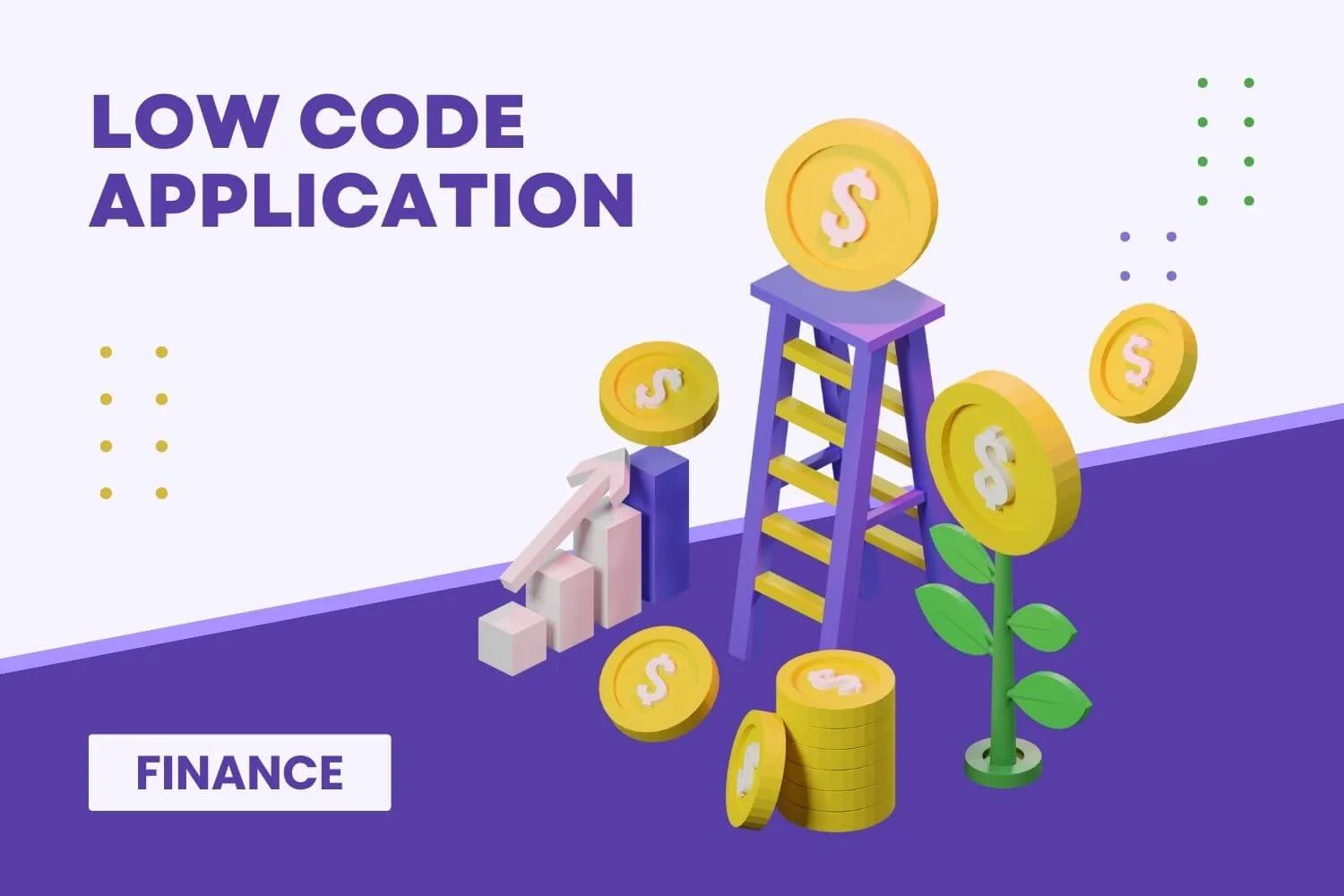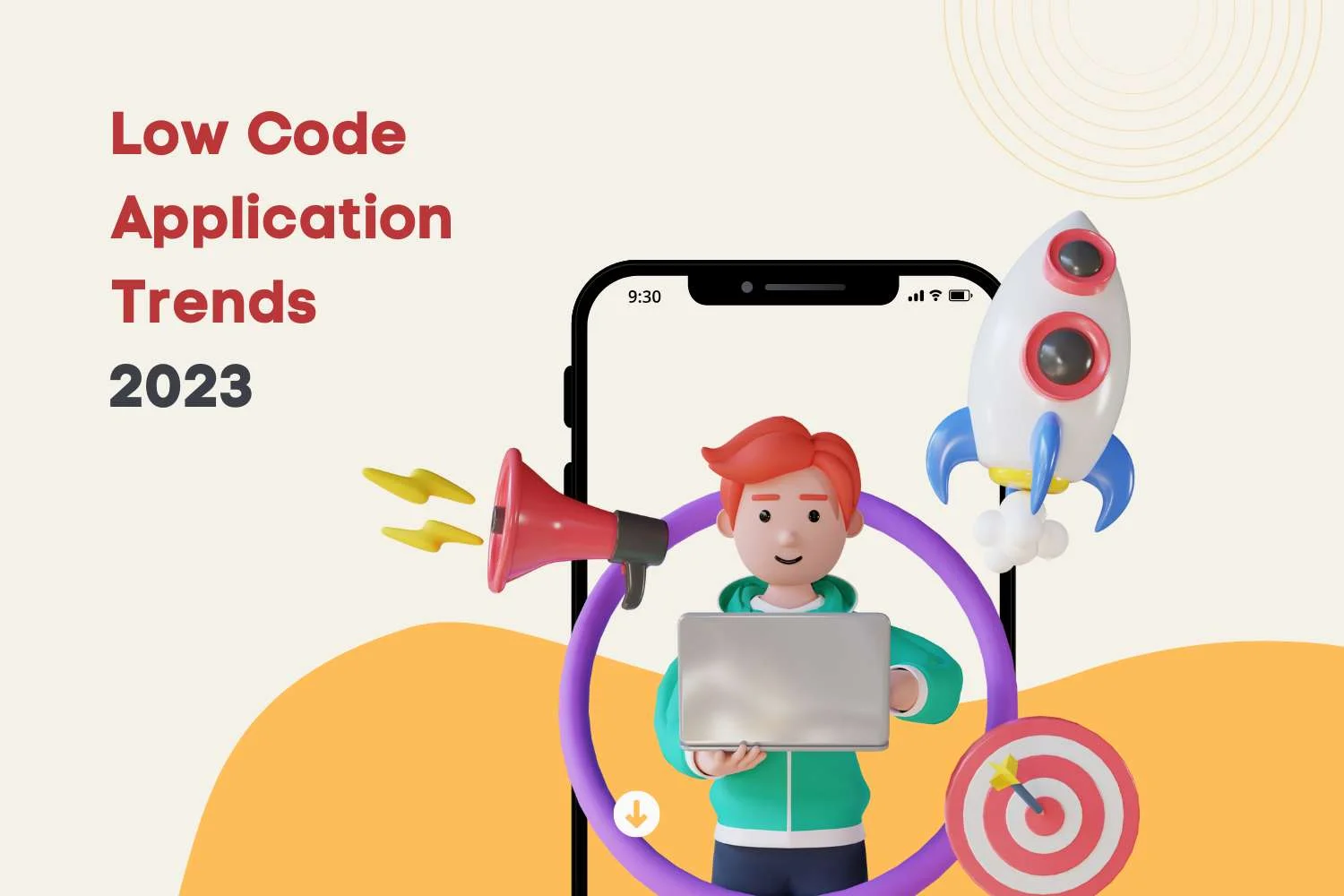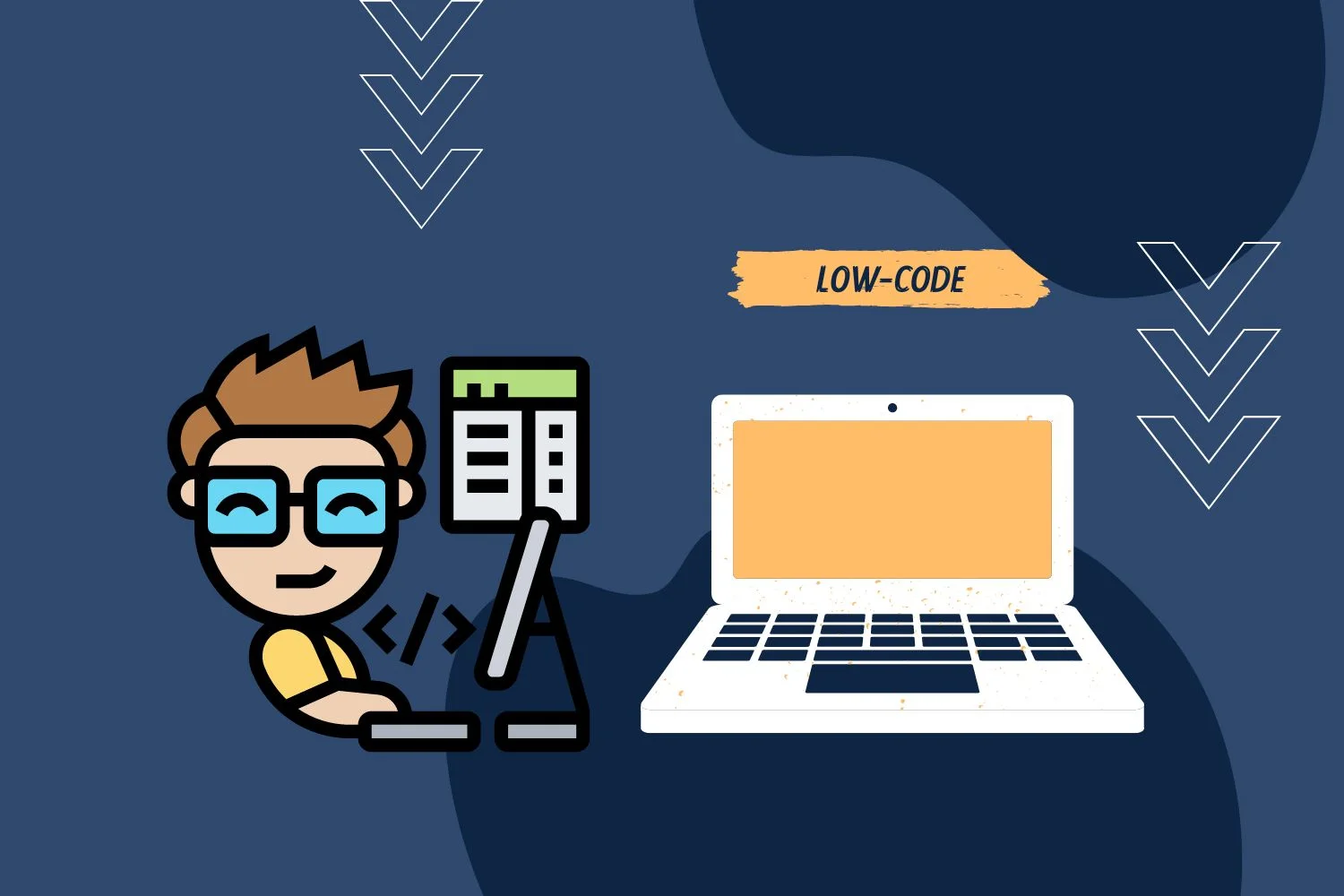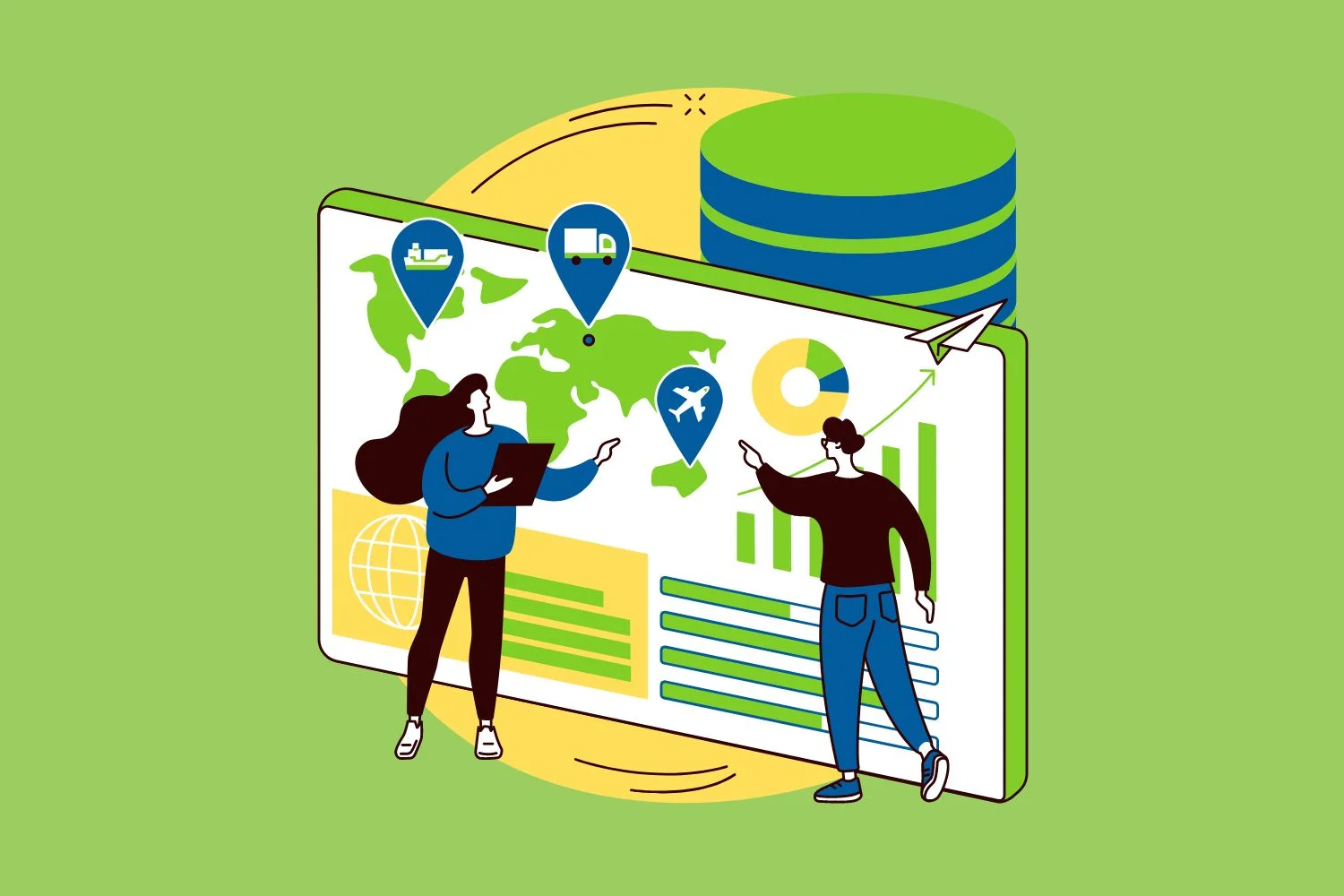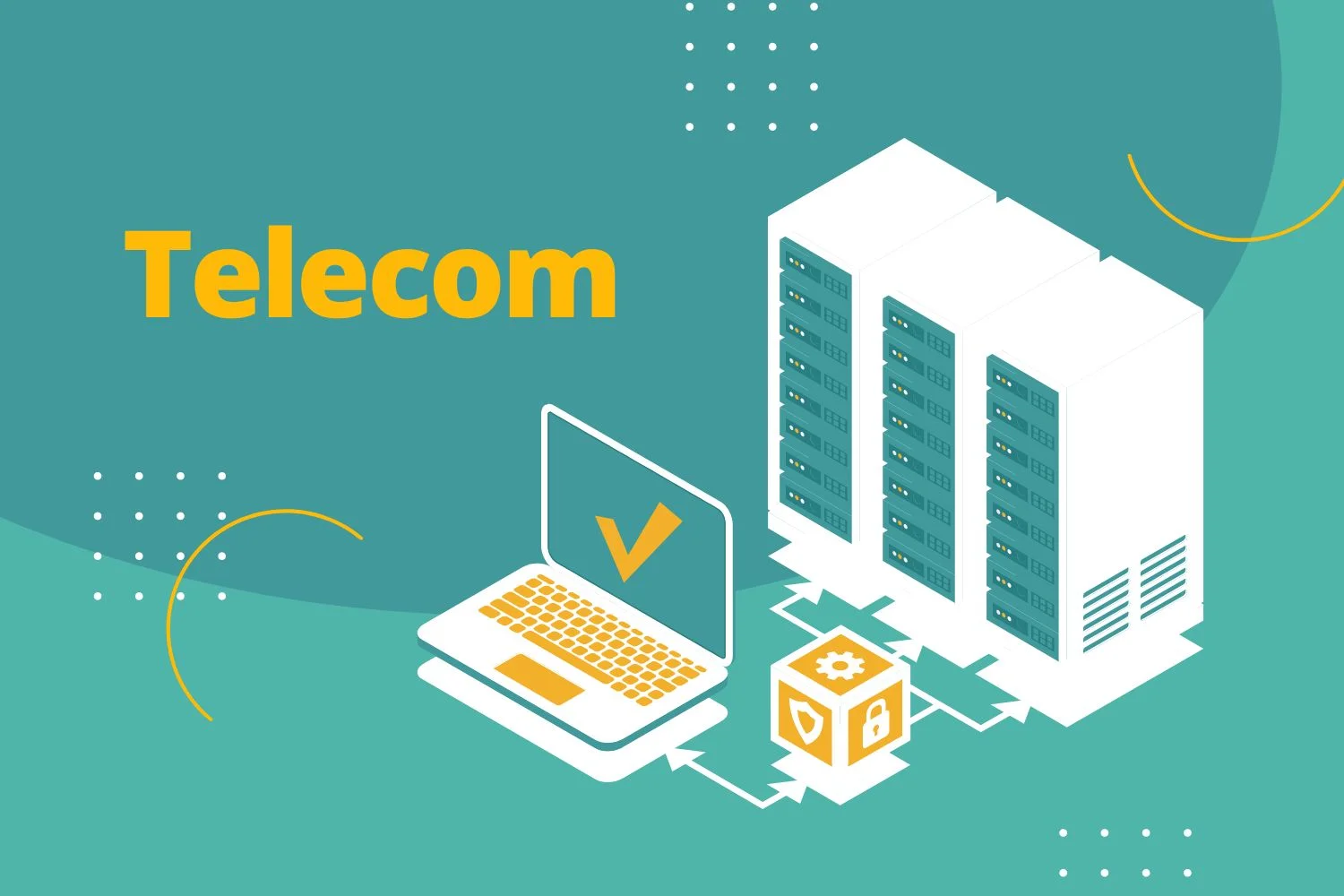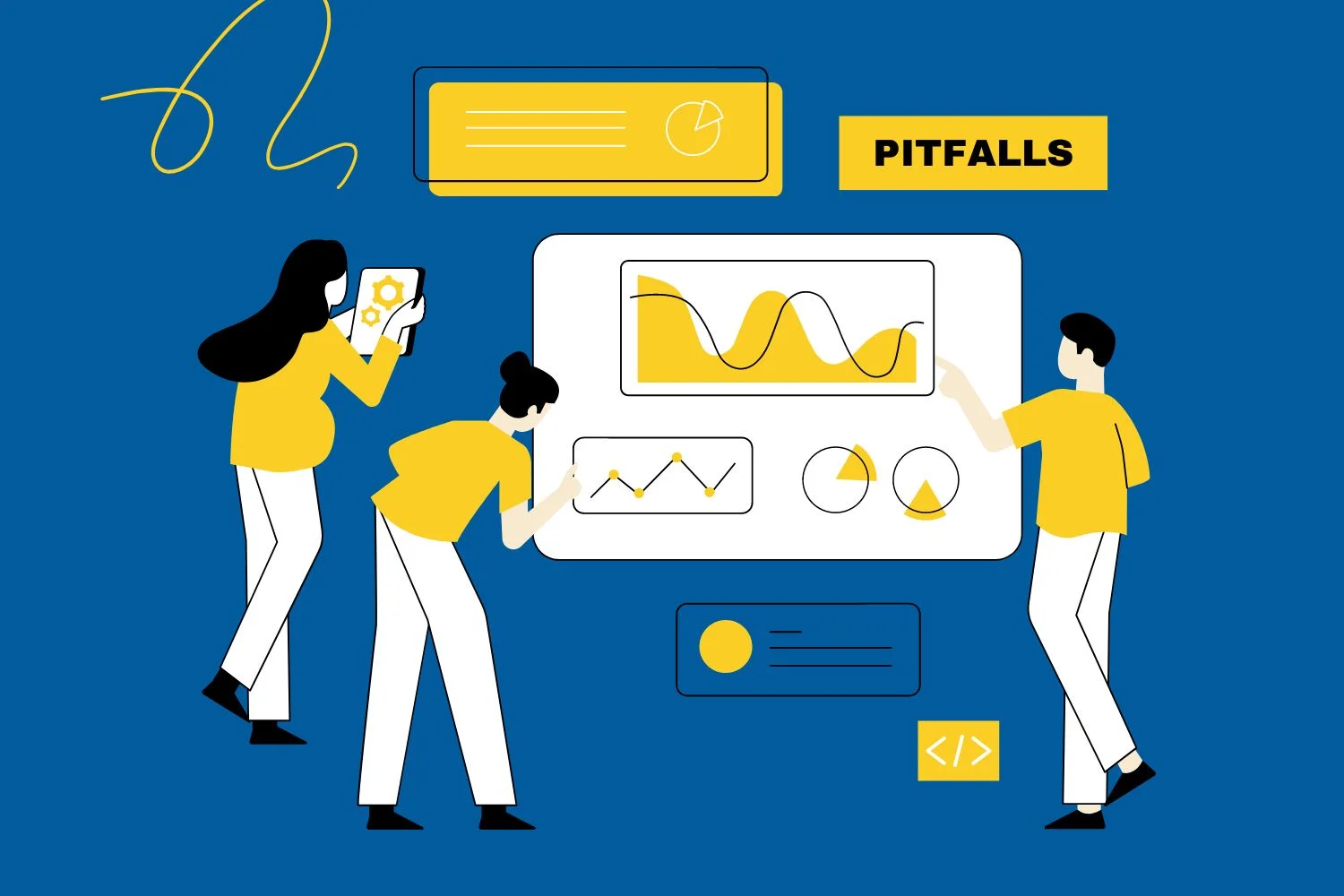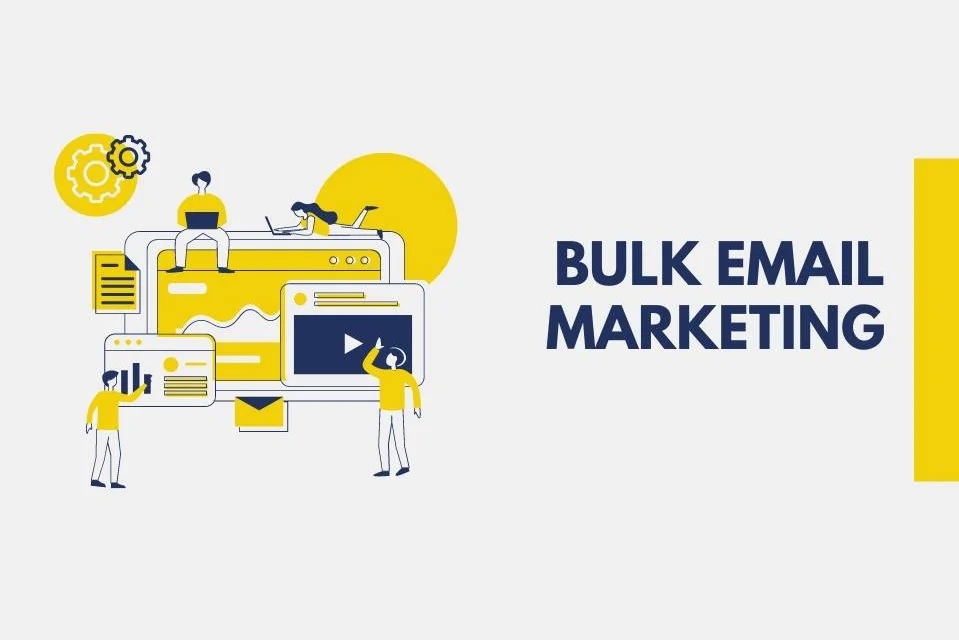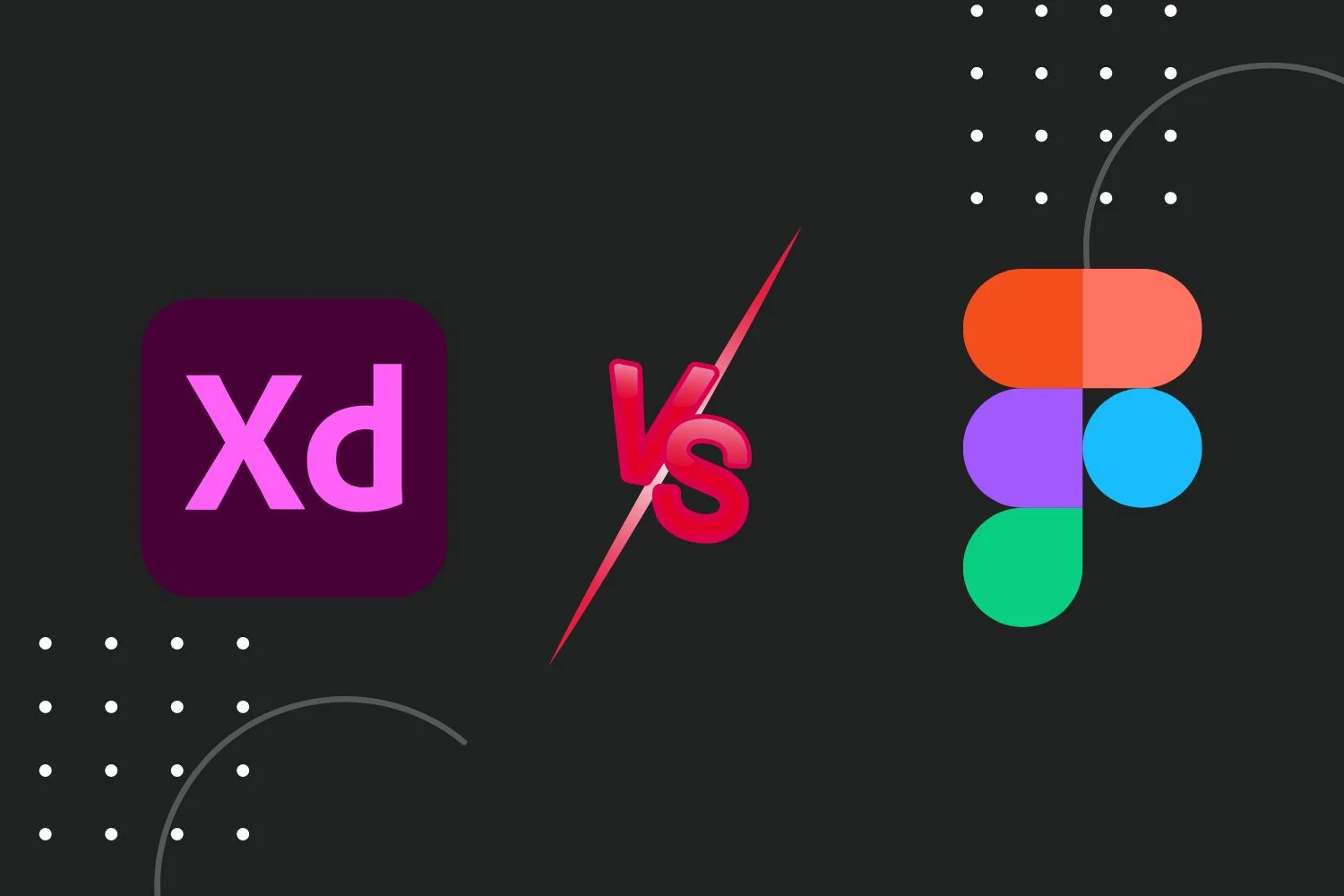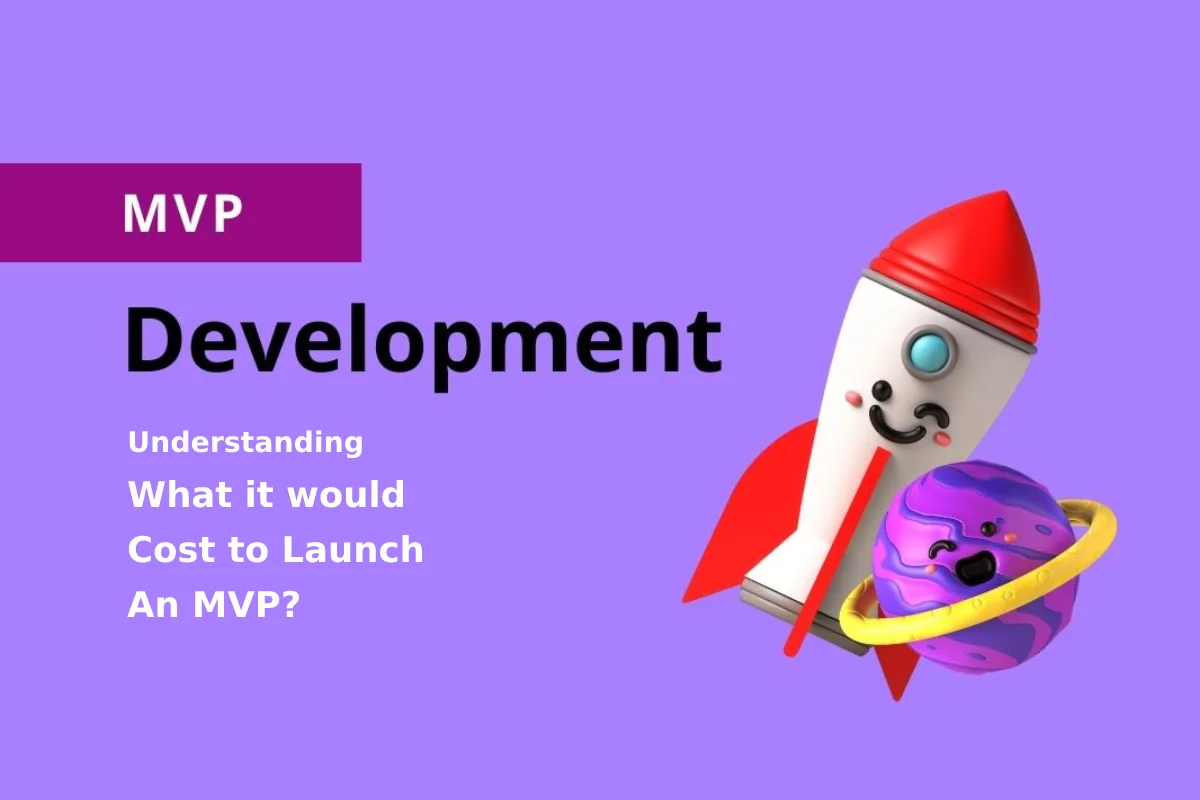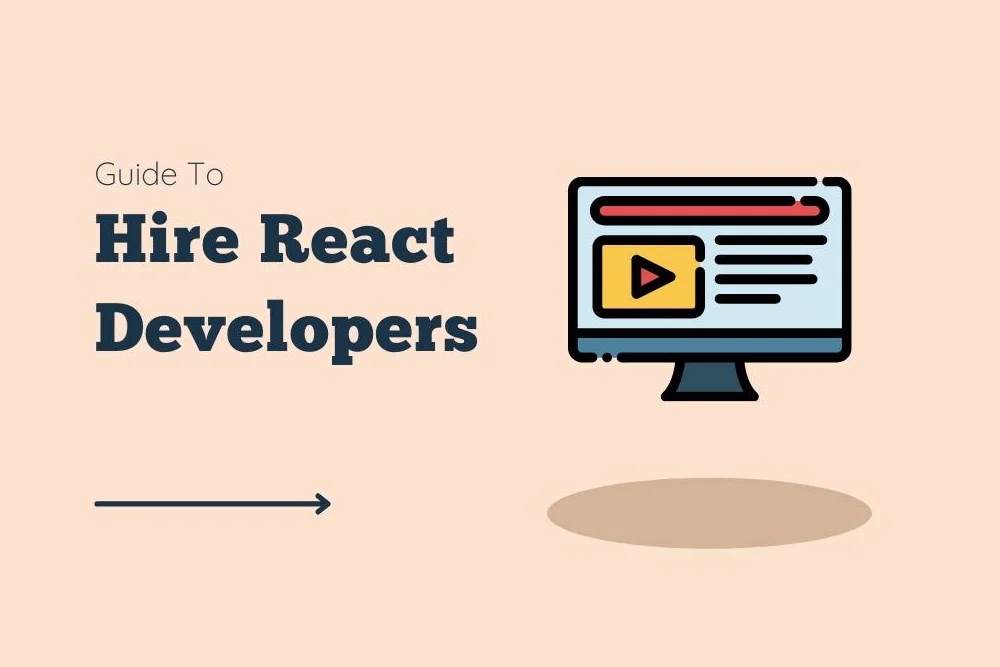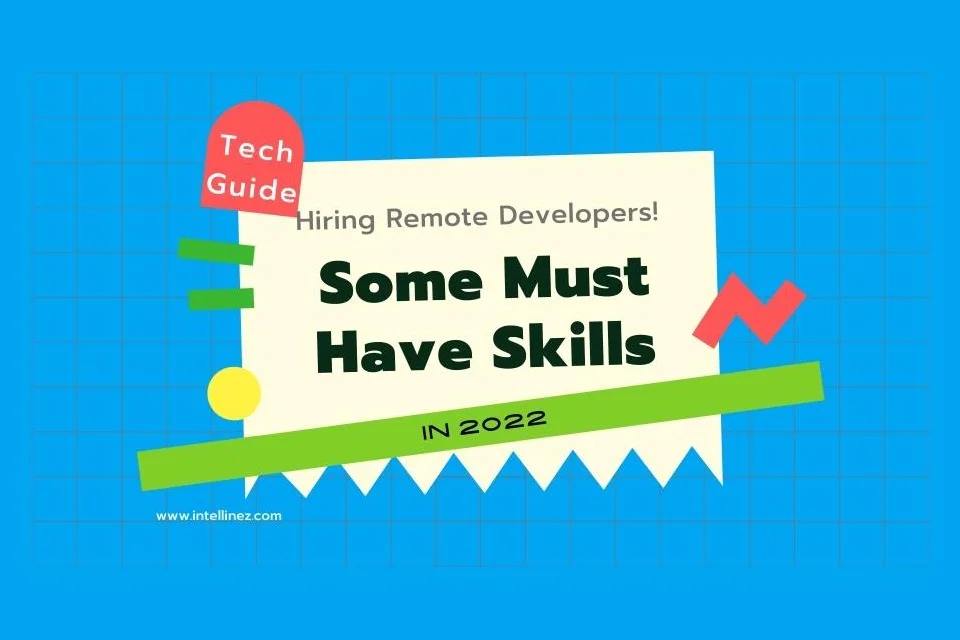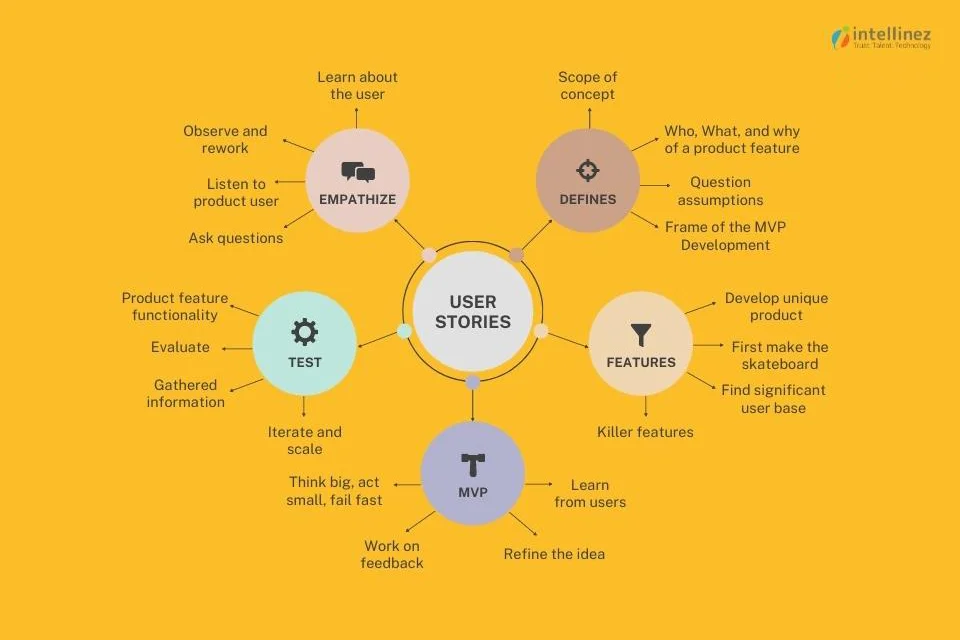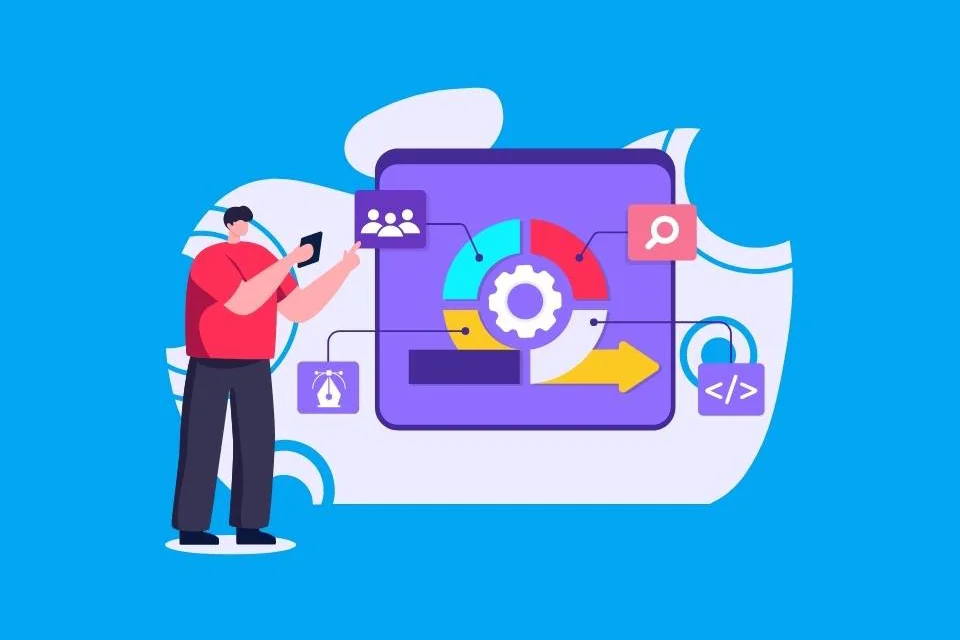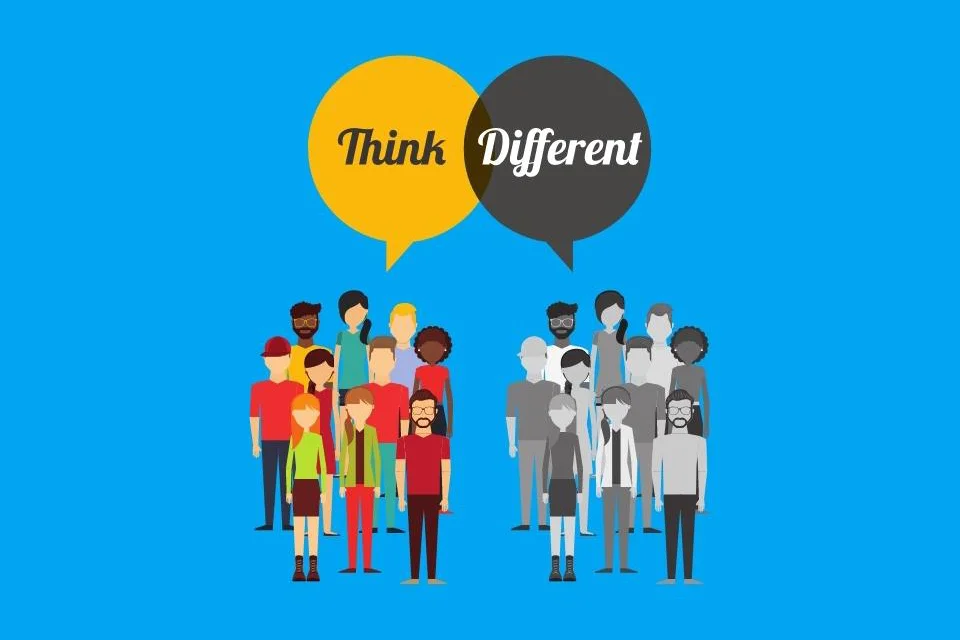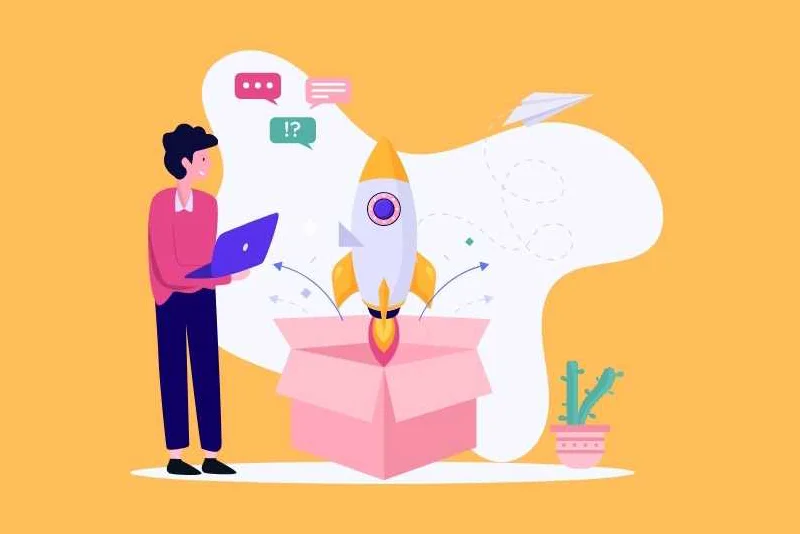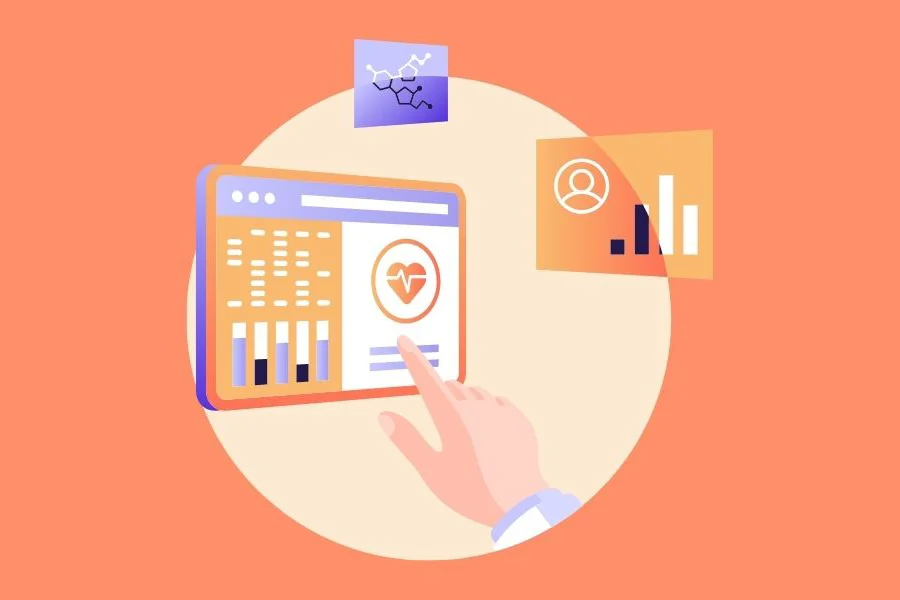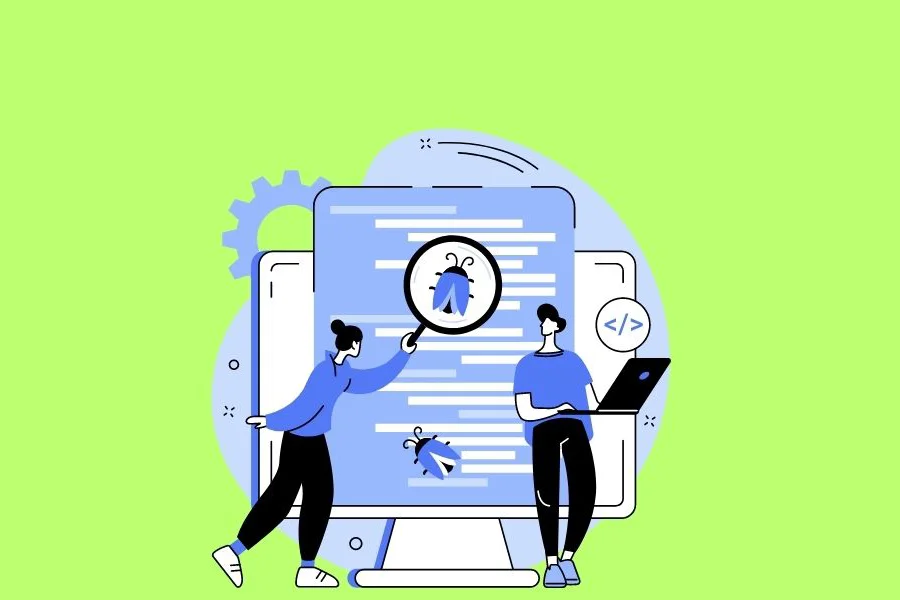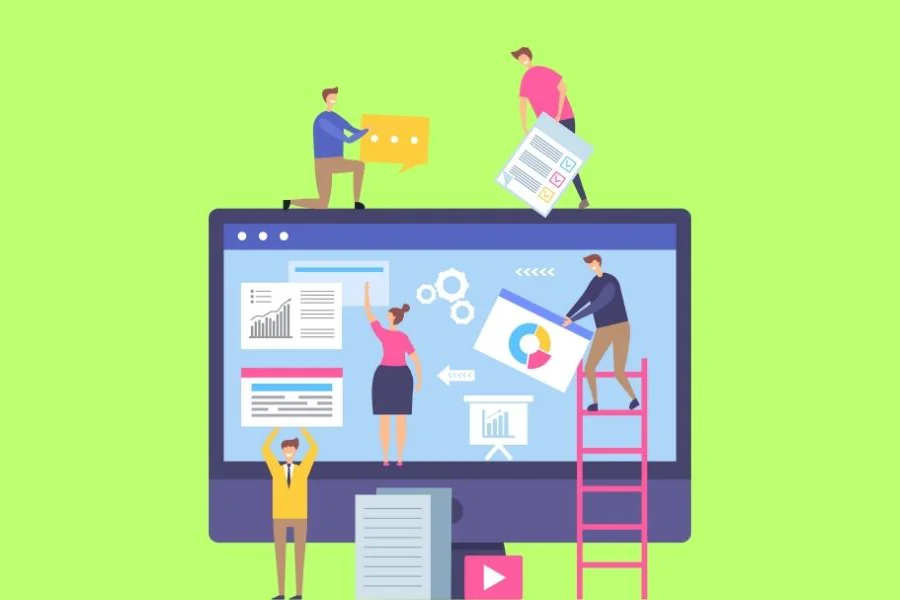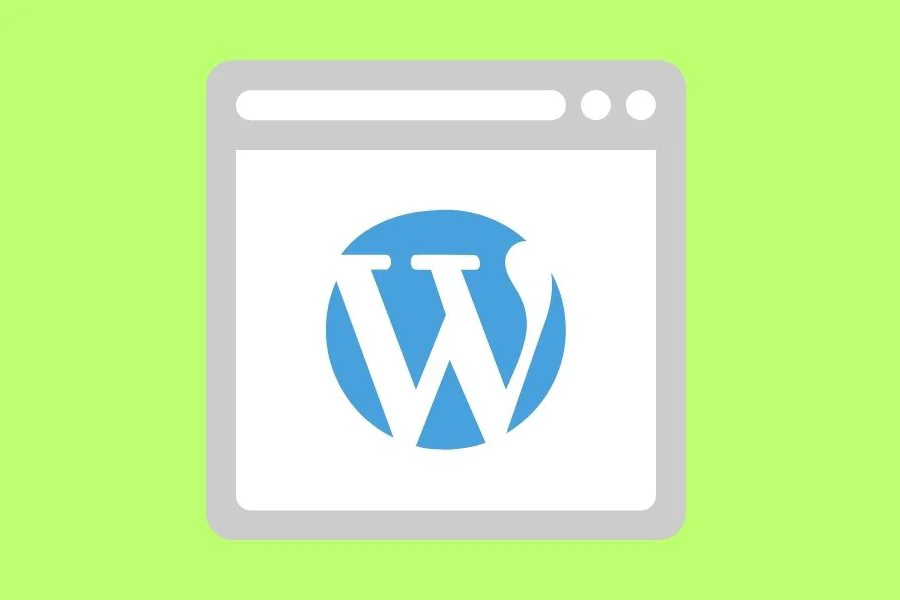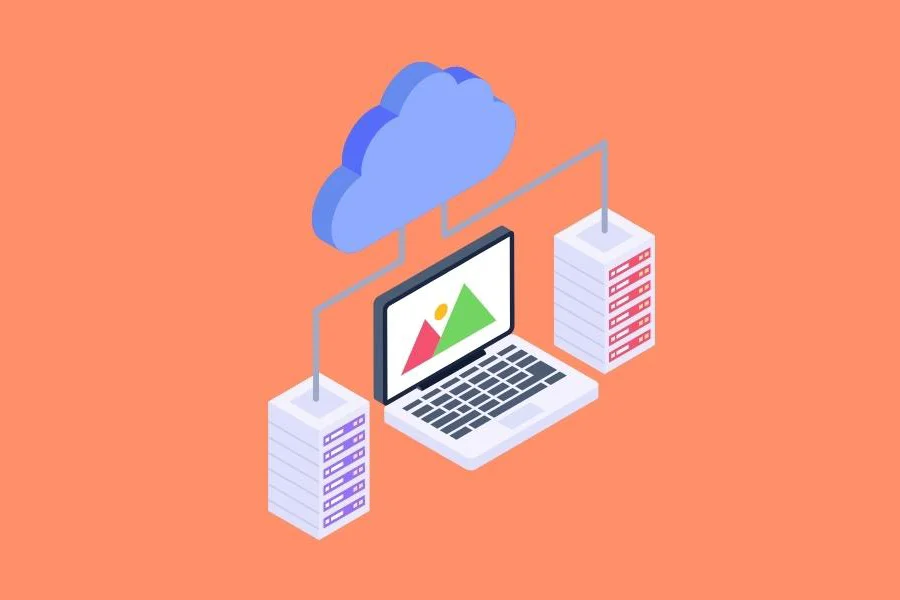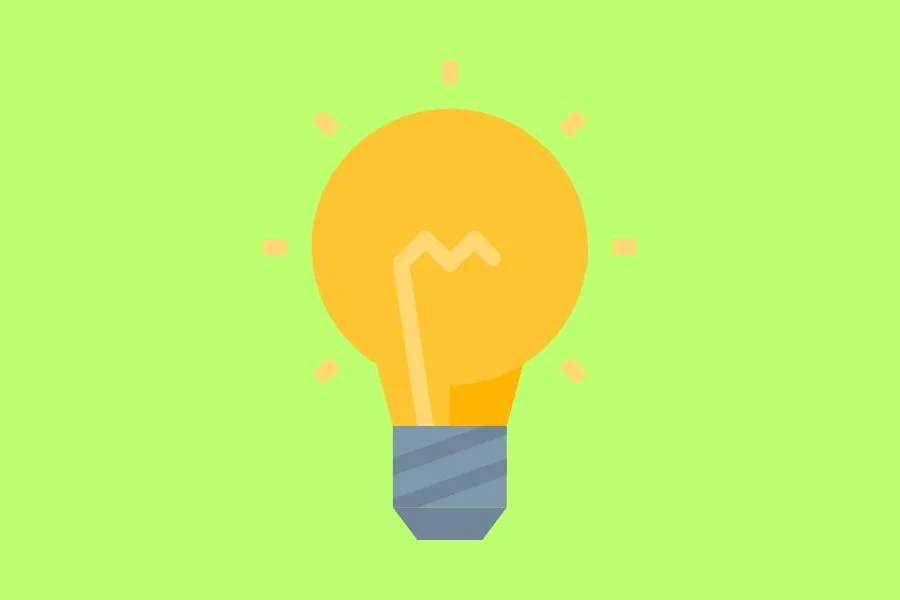Table of Contents
The product development process often begins with a concept or an idea that serves as the foundation for the development of a digital solution. Such an idea have the potential to generate a digital disruption if the new product successfully solves a demand in a novel, untested, and out-of-the-box way.
Today, SaaS products are popular. They are fast, readily available, and inexpensive compared to traditional software. The SaaS product lifecycle begins from market research and ends at the decline stage. This blog intends to serve as the go-to guide for product developers, product managers, and product owners to ensure building a product that solves a problem in the most optimal way while delivering an excellent user experience. So, here we go.
A Step-by-Step Guide to IT Product Development and Management for 2025
How does one transform an idea into an actual product? Once the idea is created, the first step is setting up the right team where everyone understands their roles and responsibilities. The next step is choosing the best software development model. After setting up the team, defining their roles, and picking the best-fit product development model, actual product development begins. Product management starts along with product development but continues even after the product is complete and it enters the maintenance phase.
Part 1 – Roles & Responsibilities of Team Members During New Product Development

Defining roles and responsibilities before starting product development is very important. Here are the main roles and their responsibilities in a typical product development team:
1. Team Leader – Effective Communication

To begin, everyone on the team must be aware of the team’s objective and direction. Everyone involved must be on the same page when it comes to the team’s long-term vision. The team leader must develop the vision and plan with feedback from the team. They must also ensure that whatever the team develops moves the team closer to the vision. If there are several teams, an organizational vision is necessary. It’s also critical to learn how to effectively communicate your team’s vision to other sections of the organization so that everyone understands the value your team delivers, how it fits into the greater corporate mission, and how to work with your team.
2. Product Designer – System Design

A product designer handles the creative process behind the development of digital products. They collect inputs, ideas, user demands, strategic business goals, and technical feasibility and factor all of them into their solution’s design. Their responsibilities may include developing design systems, prototyping, assisting with user research, and developing the product’s architecture.
3. Technical Planners – Feasibility Assessment

Technical planners outline probable roadblocks and factors to consider when deciding on a viable path forward. They plan out the product’s integrations, libraries, frameworks, and other features. They pivot the plan in the most effective direction during the product development lifecycle as factors change, and new scenarios come to the forefront.
4. Developers – Bringing the Dream to Life

Developers collaborate with the rest of the team to bring ideas to life through code. Their main job is to plan, test, and develop an app that satisfies the client’s business requirements. They must write code quickly to allow for early iteration while keeping errors to a minimum. Different development teams specialize in specific programming languages and collaborate towards a singular vision to build an integrated and functional application.
5. Test Engineers – Quality Assessment
The test engineers distill data and business processes to deliver high-quality features with no errors. They also strive to guarantee that the digital product offered meets the client’s expectations as well as the end users’ usability requirements.
6. Product Managers – Owners of the Product
A product manager is responsible for researching the market, forecasting, budgeting, product development, and branding of the digital solution. They are usually well-versed in technology, management, user experience design, product knowledge, commercial strategy, and interpersonal skills. They assist teams in determining the most efficient ways to complete tasks, plan and manage development sprints, determine & reprioritize goals, and remove obstacles so that the team can produce results faster. They basically keep the product and everyone involved on the right track.
Part 2 – Choosing The Right Software Development Model

Once your team is clear on the roles and responsibilities, the next step in the product development and management lifecycle is choosing the right product development model. Here are some of the popular product development models:
1. The Agile Model
The Agile methodology focuses on adaptable planning, evolutionary development, and making continuous improvements to the product. Agile encourages continuous iteration to the product throughout the entire software development lifecycle while concurrently testing it. The development effort is divided into distinct phases in this strategy, known as sprints. Each sprint will span a few weeks, and members of the project development team will adhere to a set of deliverables for that particular sprint.
At the end of the sprint, the team members collaborate to review the work. The agile model helps in increasing the efficiency with which bugs are identified and fixed, accelerates product delivery while improving product quality and helps programmers create sophisticated apps with fewer errors. The agile methodology is usually followed by experienced and expert developers, as the whole model relies on real-time communication and proper documentation.
2. The Lean Model
Lean software development is a lightweight development approach that focuses on saving time and resources, avoiding waste, and providing only what the product requires. The Lean strategy is frequently used in conjunction with the Minimum Viable Product (MVP) technique, in which a team builds a functional prototype with minimum functionality required and sells it to the market. The team then collects customer feedback on what they like, dislike, and wish to see better and iterates depending on this knowledge.
While founded in a decades-old industrial system, the Lean methodology had its first uses outside of production in software development.
Principles of Lean Software Development
- Elimination of Waste
If a user has no or minimal need for a function within an application, that function does not need to exist. Everything in a digital offering must be valuable. The ideal digital product is efficient and wasteless, with only the most necessary and beneficial features.
- Permanence is a Hindrance
The product development lifecycle shouldn’t be set in stone. When you make an irreversible decision, it becomes far more difficult to repair previous mistakes or create new adjustments in response to that decision. Lean encourages changes as they are needed.
- Speed is Key
The more frequently you can turn over a product, the more information you’ll acquire to help you improve it. It is acceptable to release the digital product in stages as long as you are responsive to customer feedback and act on it.
3. The Waterfall Model (a.k.a. The Classic Model)
The Waterfall technique is sequential in nature and splits development into preset phases. Each development phase must be completed before moving on to the next, with no overlap between them. This development method does not allow the development team to return to prior phases if adjustments are required. It is a relatively straightforward and uncomplicated development model suitable for inexperienced developers. Each step of the development pipeline has specific deliverables, and the development strategy is more successful for smaller projects with well-defined needs. The predefined stages under the waterfall methodology are:
- Requirement Gathering
- System Design
- Implementation
- Testing
- Delivery/Deployment
- Maintenance
4. The DevOps Model
The term “DevOps” is derived from the words development and operations. DevOps is a newer approach that comes after Agile; however, it is not a replacement for Agile. This software development technique tries to bring software development and operations teams together in order for the product to succeed. Instead of segregating roles and duties, it encourages constant cooperation across all stages of development. DevOps methods rely on the collaboration of cross-functional teams to make project development more efficient, collaborative and bug-free. The stages under the DevOps model are:
- Continuous Development
- Continuous Integration
- Continuous Testing
- Continuous Monitoring
- Continuous Feedback
- Continuous Deployment
- Continuous Operations
5. The RAD Model
The rapid application development model lays more emphasis on prototyping rather than comprehensive planning. Generally, it offers faster development and greater quality outputs than other software development methodologies. This strategy seeks to shorten the complete development cycle. Active user participation in the development process results in the real-time creation of goals. This model encourages client input and enables them to quickly audit the progress. Here are the steps to RAD product development.
- Requirements planning
- User design
- Rapid construction
- Cutover
Part 3 – Product Development Steps

Now, we have an impeccable team where everyone is clear of their roles and responsibilities, and we have outlined our development philosophy. It is now time to do actual product development. The steps mentioned below are broad processes segregated into distinct product development steps. These steps can be implemented in different orders depending upon the product development model chosen.
Step 1 – Idea Generation
The goal of the ideation phase is to identify a problem and develop a tangible solution for it. Conceptualization, research and analysis, estimations, and other activities are included in this step. The key goal is to show that your future digital product is feasible. To properly generate and screen feasible product ideas, you must:
- Define the Product Vision
Your incentive to produce your digital product is your vision. It serves as a compass for all stakeholders. A good vision conveys the essence of a product while also pointing to its end goal. The vision should be focused on the potential of your digital product as well as your long-term goals.
- Define Your USP
To start building a profitable business, you must first determine the extent to which your digital product meets market needs. It has to be something unique and useful for dealing with a specific problem. As a result, your job is to figure out what problem your solution will solve.
Step 2 – Market Research
Market research entails analyzing various data sets to determine whether your idea is even worth pursuing or not. Product owners must define their target audience, conduct market research and properly examine the strengths and shortcomings of their competition to lay out a strategy capable of meeting market demands and expectations.
Step 3 – Analyzing Market Patterns
Keep in mind the group of people your digital innovation is benefitting. Creating a distinctive selling proposition necessitates current trend research. This is crucial for product development because you will learn about people’s preferences and demands.
Step 4 – Competitor Assessment & Risk Identification
Before committing resources, a developer can use the discovery step to identify potential hazards. The purpose of this product development step is to put yourself in the shoes of the user and learn their critical requirements. As much as you can see the outlines of the future product, you should learn about buyers’ mindsets.
Step 5 – Forming a Product Strategy
A product strategy is a high-level blueprint for putting the initial concept into action. It establishes the direction of your product team from conception to completion. A winning product strategy is often built on a product roadmap with predefined goals, clearly established success metrics, an impeccable value proposition and proper competitive analysis.
Step 6 – Creating a Proof of Concept
The proof of concept, or PoC, allows you to put a design notion to the test. It determines whether a digital product can actually be produced or not. If this step is successful, product development may commence.
Step 7 – Prototyping
Prototyping allows you to see how your digital product will look and feel. It is the visual representation of your product’s UI and UX. The prototype is usually simple in design with limited to no functionality. Its objective is to entice investors or obtain feedback from early adopters.
Step 8 – Creating the Minimum Viable Product
An MVP has just enough features to be usable by the earliest customers and focus groups and is aimed at collecting valuable feedback. The development team then iterates on the product to address the feedback. This step of digital product development is critical because it demonstrates your product’s impact on your target market. As a result, you will recognize the true necessity of your idea. Pay attention to customers’ perspectives and key indicators such as your digital product’s usability, functionality, and quality. You can use opinion polls of potential clients to see if the product is marketable. Understanding the expectations of target users lead to product improvement and the likelihood of achieving an optimal market-fit product.
Step 9 – Quality Assurance
Quality assurance helps improve the quality of digital products by getting rid of all the flaws and bugs in the product. Depending on your preferred development method, you can choose from a variety of QA strategies. You need to mix manual testing and automated testing methodologies.
Step 10 – Pilot Testing
Pilot testing enables the development team to fine-tune the digital product before it is released to the public. It allows them to determine how far along the product is from the end user’s point of view and what changes are most urgently needed. Pilot testing of a product is an important component that allows developers to improve their digital offering before launch.
Step 11 – Commercialization
The term commercialization covers the launch and marketing part of the product development lifecycle. Commercialization can be further broken down into multiple steps:
- Defining the Marketing Strategy
Every product owner’s desire comes true at this point. Your digital product is ready to hit the market and carve out a niche for itself. Despite the fact that much effort has already been put in, there are still many obstacles to overcome. The ideal answer is to use a pre-launch strategy to get people excited about new product releases. Landing page, content strategy, link building, influencer recruitment, compelling promo video, social media presence, PR kit, and SEO strategy are all included. If you’ve completed the validation phase correctly, which includes discovering the state of the market and consumer expectations, there should be no issues.
- Identifying Promotional Costs
It’s now time to do a business study and evaluate the promotional cost for the launch. A business analyst’s and your marketing team’s assistance will be invaluable here to chart out a specific amount of money to cover marketing costs at this time.
- Launch
The extent and the grandeur of the launch depend on both the type of the product as well as your previous track record with product development. Ideally, it is preferred to launch digital products with respectable online promotions and then scale up the marketing activities as the interest grows, rather than spending all your promotional budget on the day of launch.
- Post Launch Maintenance and Upgrades
Your digital product’s post-launch existence is a phase of maturation. You must ensure excellent customer support, timely upgrades, the addition of new features, and long-term product improvements. Ongoing development has the primary purpose of ensuring product growth, keeping up with the times, improving the user experience, and meeting new needs. A build-and-launch strategy isn’t the only way to go with digital product concepts. Your digital product needs to adapt to an ever-changing environment and consumer requirements. You must ensure that your product continues to evolve in terms of security, quality, performance and pricing.
Part 4 – Product Management
SaaS product life cycle management is different from standard software product lifecycle management. With SaaS products dominating the digital marketplace, the need for proper SaaS product management and a capable product manager becomes important. A product manager helps develop and keep the digital product running and profitable. Let’s learn more about product management in detail.
The History of Product Management
The history of modern product management can be traced back to the year 1931 to a memo written by Neil H. McElroy at Procter & Gamble. In his memo, McElroy laid out the term “brand-men” and their responsibility towards a brand, from managing a product’s development to tracking its sales and promotional activities. He was also responsible for helping P&G restructure itself into a brand-centric conglomerate.
Two young entrepreneurs, Bill Hewlett and David Packard were influenced by McElroy while he was advising at Stanford and incorporated his “brand-men” ethos into Hewlett Packard’s. One of Hewlett Packard’s early breakthroughs was the creation of the product manager position. Product manager became a title sometime in the 1940s. Following Neil’s guidance, Bill and Dave continually supported the product management department throughout its history, influenced by the success of Brand Men at Procter & Gamble.
The product managers took authority from the engineering managers at Hewlett-Packard, just as the brand men took responsibility from the sales department at Procter & Gamble. Product managers were in charge of making decisions for product engineering teams, getting in touch with customers, and advocating for the user’s voice within the company.
Product Management in Tech
Unlike product managers in the past, who were primarily concerned with execution and were evaluated based on the timely completion of engineering projects, today’s product manager is increasingly acting as the product’s mini-CEO. They wear several hats, making trade-off judgments based on a wide knowledge base, and bringing together cross-functional teams to ensure alignment across various roles. Product managers spend far less time upfront creating extensive requirements; instead, they collaborate closely with various teams to get input and iterate.
Roles & Responsibilities of a Product Manager
A product manager has several roles and responsibilities in reference to the development and management of a digital product. These are:
1. Ideation
The Product Manager solicits fresh product ideas from others and contributes new product ideas as well. He or she gathers data on new product ideas and evaluates them to find out if the organization should put an effort towards the creation of a solution.
2. Competitor Analysis
The product manager keeps track of products, potential products, and capabilities of competitors. They must actively acquire and analyze the competitor data. A product manager recognizes the strengths and shortcomings of proposed items compared to the competition, predicts competitive responses, and factors competitive activities into sales predictions.
3. VOC Assessment
Early in the development cycle, the product manager establishes a proactive plan for gathering the voice of customer (VOC) data. The strategy specifies the procedures to be used, the types of customers to be contacted, the resources needed, and the timeline for the inquiry. They can employ a number of procedures like market research, interviews, focus group, usability studies, etc. The VOC data is used by the product manager to understand both stated and latent demands of the consumer.
4. Requirements Gathering
The product manager collaborates with the team to create a thorough set of requirements that cover all identified client needs. To ensure a thorough and consistent grasp of the requirements, product requirements are effectively communicated to team members.
5. Product Planning and Definition
To translate customer needs into product requirements and establish a product plan, the product manager uses a structured approach to establish a product, define all the user and organizational requirements and chart out a plan that takes every facet of the product development lifecycle as well as the external variables into consideration.
6. Enhancing the Value Proposition
The product manager balances requirements with costs in order to maximize the customer’s value proposition. They are familiar with and employs value assessment techniques in order to make product-value-maximizing decisions.
7. Product Positioning & Strategy
The product manager must do an excellent job of combining the overall corporate strategy, establishing product lines, timely competitor analysis and conversion of customer needs into an effective product strategy and market position.
8. Branding
The product assists the marketing department in developing the brand image of the company and its digital products. They also closely monitor all the promotional activities carried out by the organization and keep altering the marketing activities to find the most branding and promotional activities.
Conclusion
Product development and management are very wide domains and contain hundreds of specializations. Creating a product from scratch can be extremely difficult for a small organization. Nonetheless, it can be equally challenging for big companies as well. With this product development and management guide, you are now geared to better understand:
- The Roles and Responsibilities of Product Development Teams
- Choosing the Best Product Development Model
- Understanding the Product Development Stages
- The Complete Process of Product Management
By developing a robust understanding of these concepts, you can increase your chances of building a market-fit product that solves a real-world problem efficiently and becomes a huge success for your organization. Rooting for you!
Product Development & Management Services
With Our expertise in IT Product Development & Management, we can create Custom and Enterprise solutions for multiple platforms ranging from web and mobile to the cloud. We also specialize in SaaS Development, UI/UX services, QA Testing, System Integration and API Development.
Book Appointment- slot pulsa 5000
- slot deposit 5000
- slot deposit pulsa
- https://ksquare99.com/culture.html
- https://intersmart.ae/our-works/
- https://astrologerparduman.com/blogs/
- https://gluesys.com/
- https://www.intersmartsolution.com/erp-solutions/
- https://cvworld.in/seo-services/
- https://www.silversea-media.my/about-us/
- https://www.ausfitprojects.com.au/testimonials/
- https://albarakatrust.org.uk/water-donation-for-balochistan/
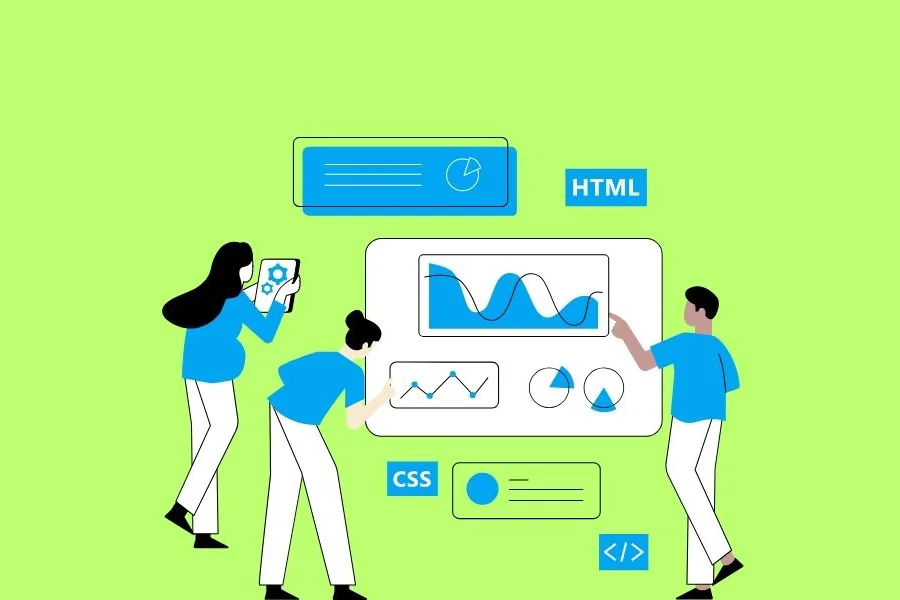


































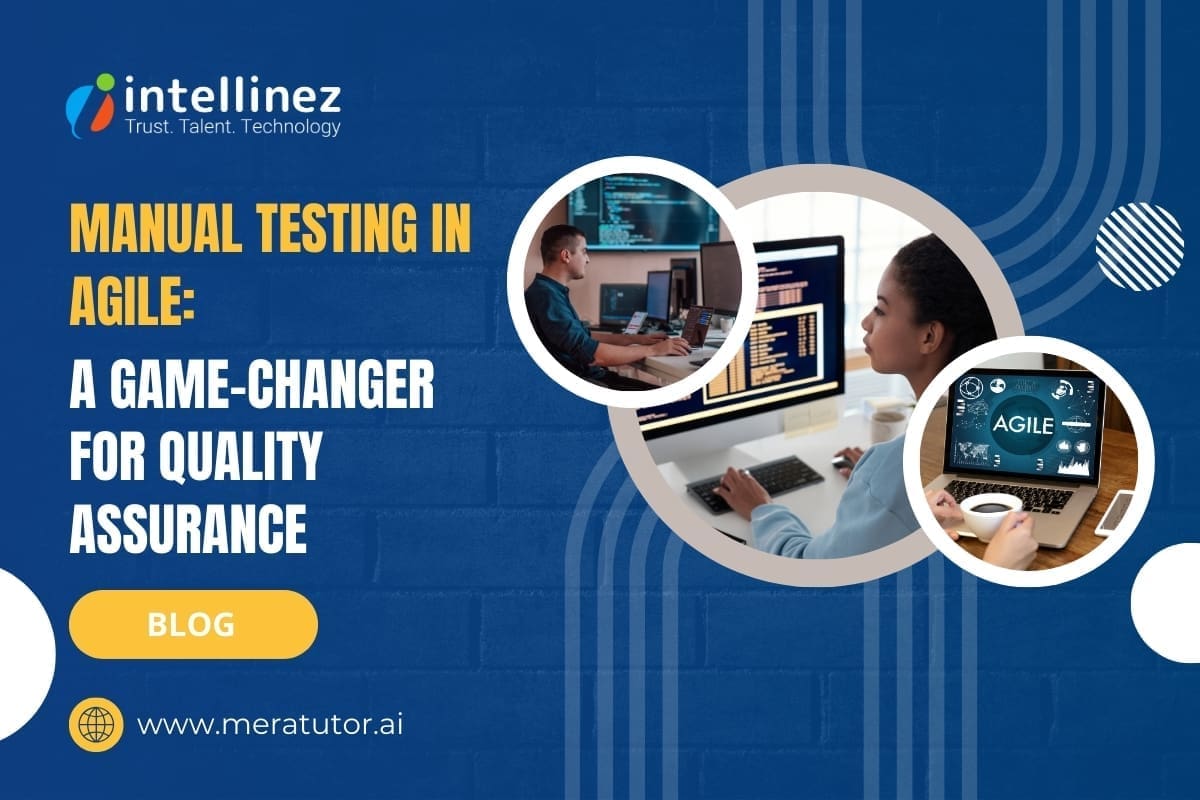




![A Comprehensive Guide to AWS SaaS Architecture [Diagram Included] 92 Aws SaaS Architecture](http://www.intellinez.com/wp-content/uploads/2024/08/Title-image.jpg)










